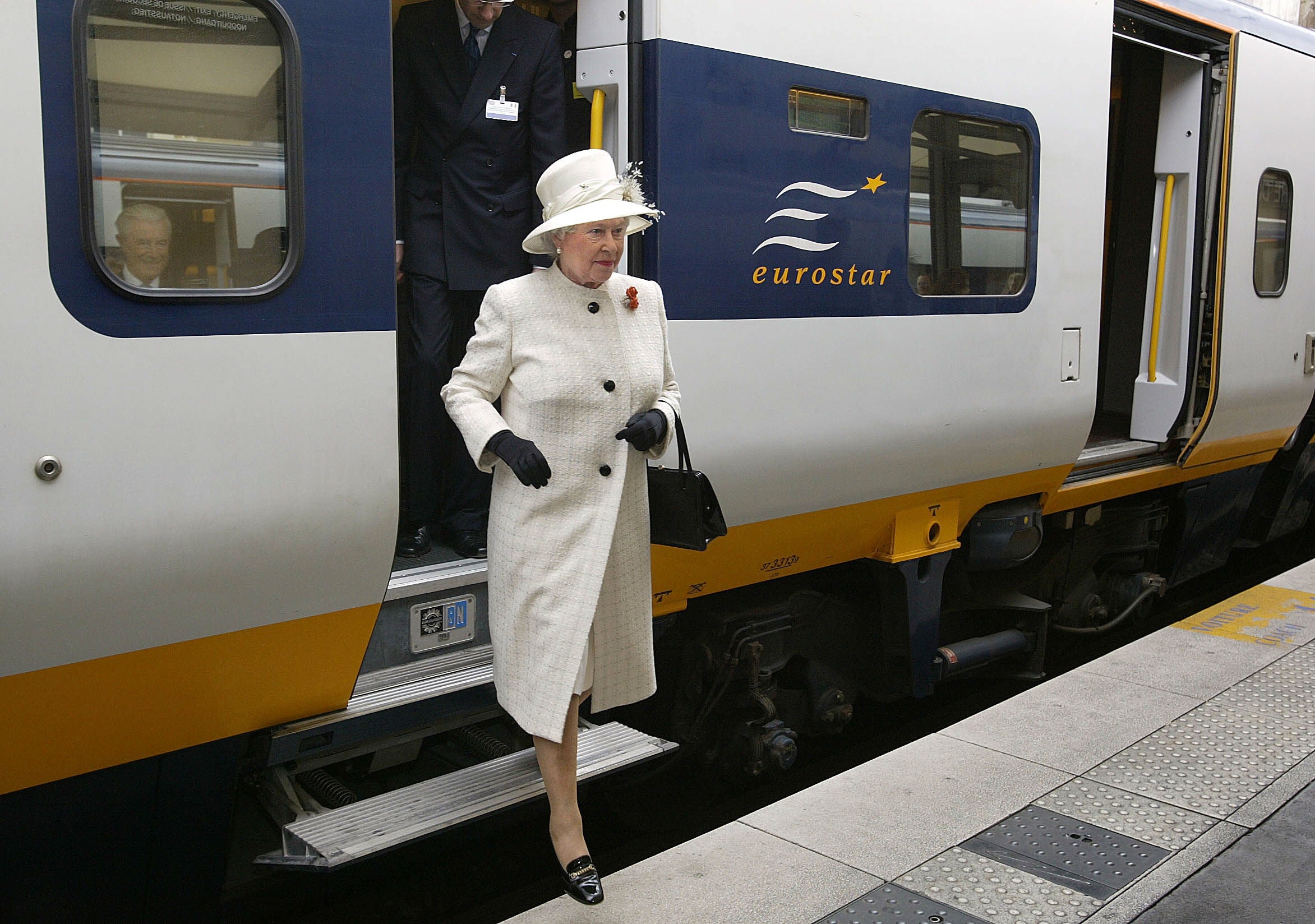
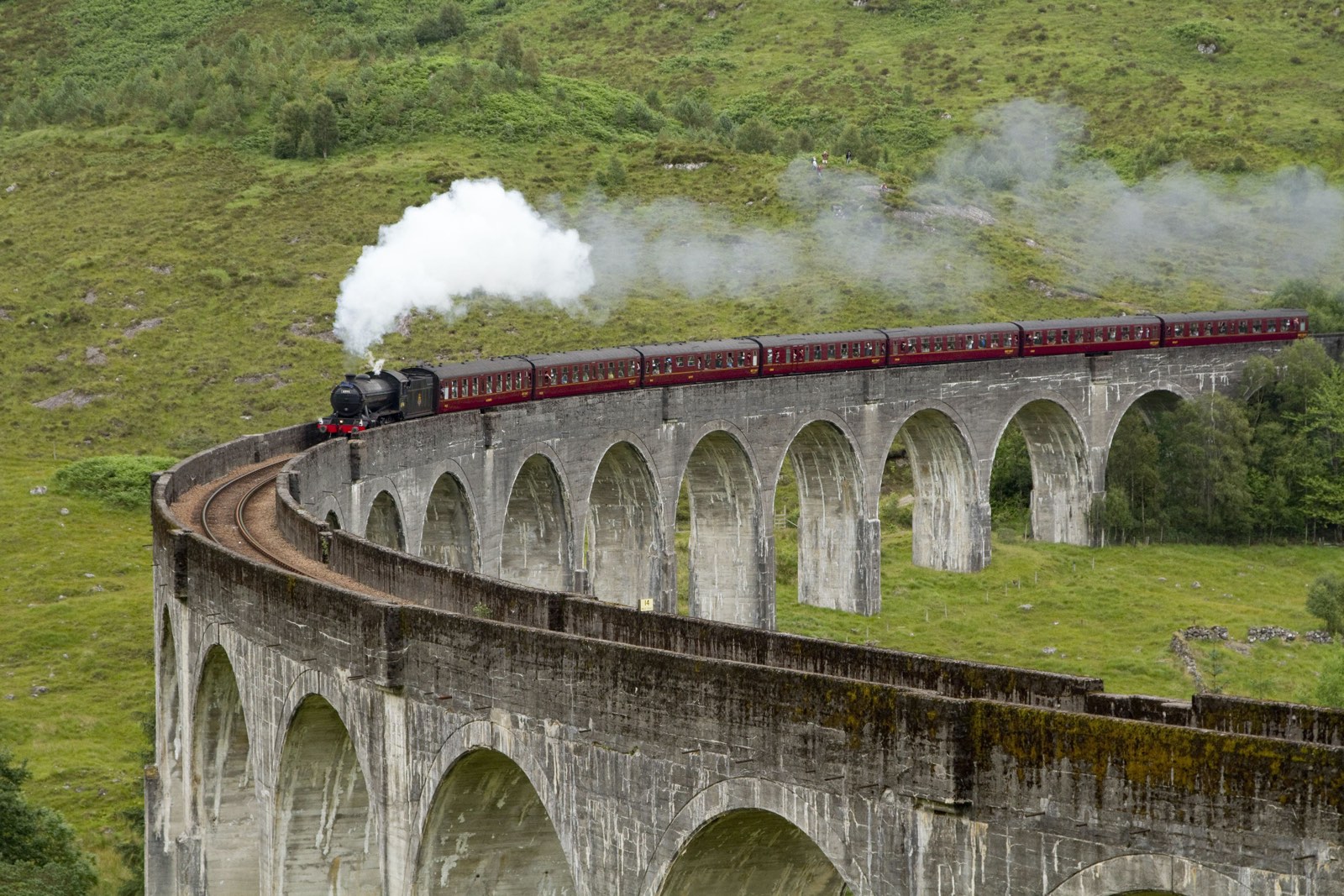
Traveling in the UK, the train is the most convenient and comfortable means of transportation. Britain is the first country in the world to have a railway, and it is also the first country in Europe to privatize railways. Different regions are operated by different railway operators. There are 28 major railway companies (TOC, Train Operator Company) in the country. The railway companies are both competitive and cooperative. Therefore, the British train ticket is also the most complicated in the world. Different time, different companies, different purchase methods will make the price of the train tickets you buy far apart, and the complexity is completely matched with the ticket.
Train Operators Companies (TOC)
Most of the British railway companies are named after the area where the train route is distributed, so it is better to understand. For example, Cross Country covers the whole country. East Midlands Trains are mainly concentrated in the central and eastern parts of England. Scotrail operates primarily in the Scottish region. Here are the most important railway companies:
Cross Country https://www.crosscountrytrains.co.uk/
East Midlands Trains https://www.eastmidlandstrains.co.uk/
EuroStar https://www.eurostar.com
Virgin Trains https://www.virgintrains.co.uk/
ScotRail https://www.scotrail.co.uk/
Arriva Trains Wales https://arrivatrainswales.co.uk/
CrossCountry Trains
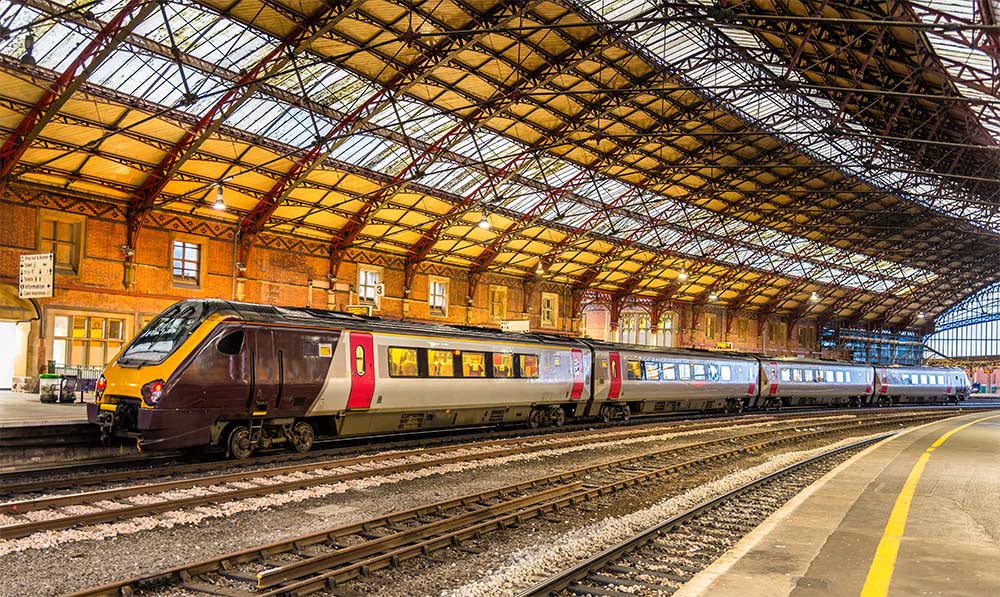
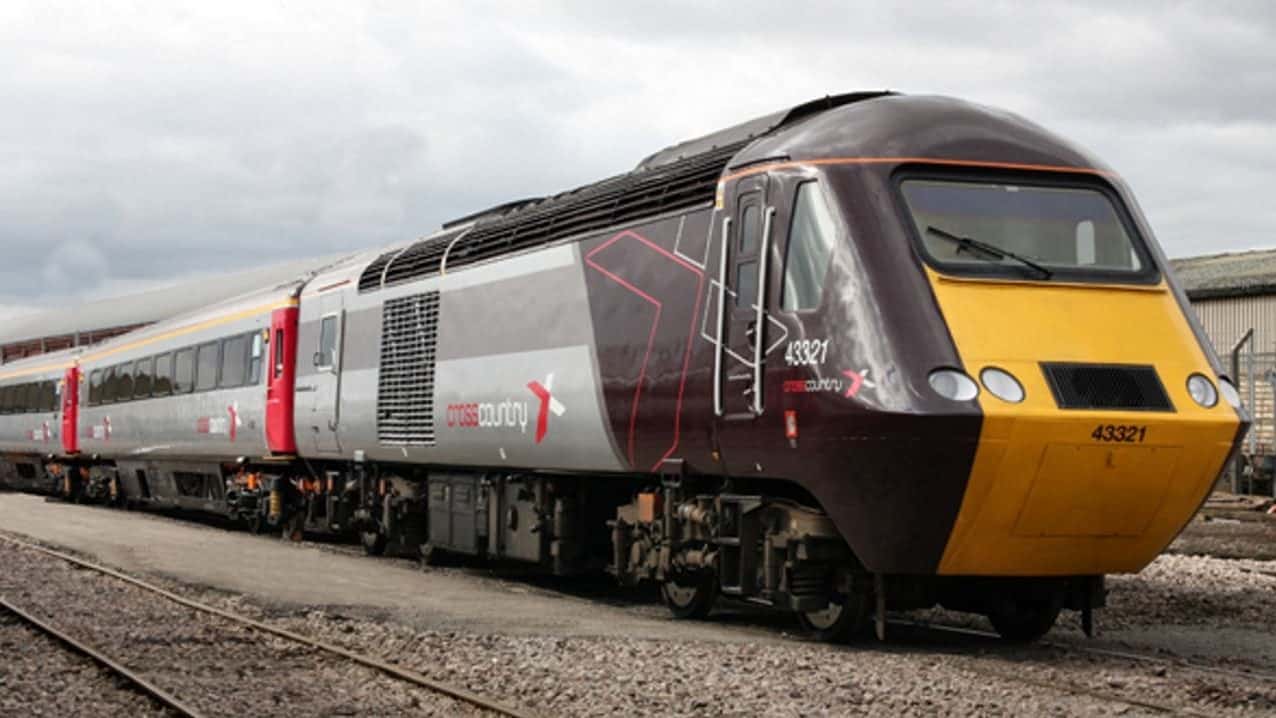
Cross Country Trains is owned by Arriva UK Trains. Cross Country Trains has a wide range of train services, and travel in the UK often takes their trains. North to Aberdeen, south to Plymouth, west to Cardiff, east to Cambridge can see the distribution of its home route.
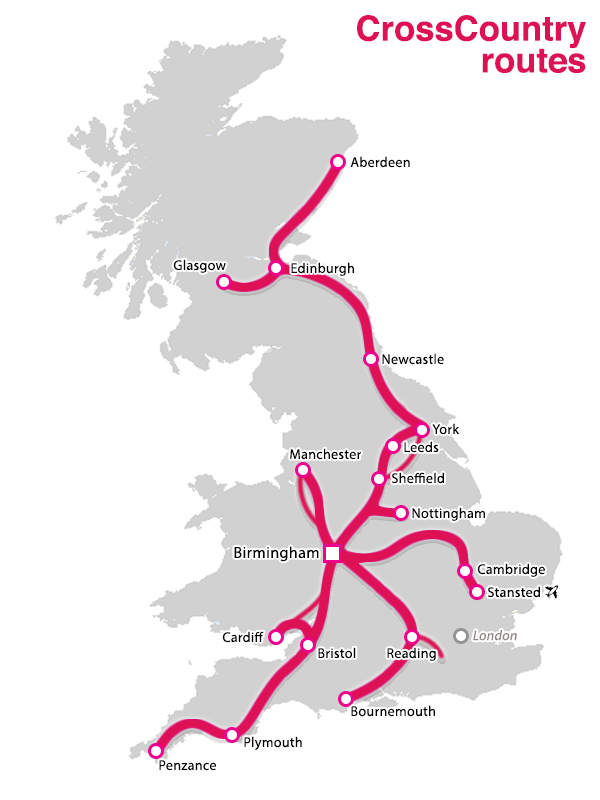
Cross Country Routes
East Midlands Trains
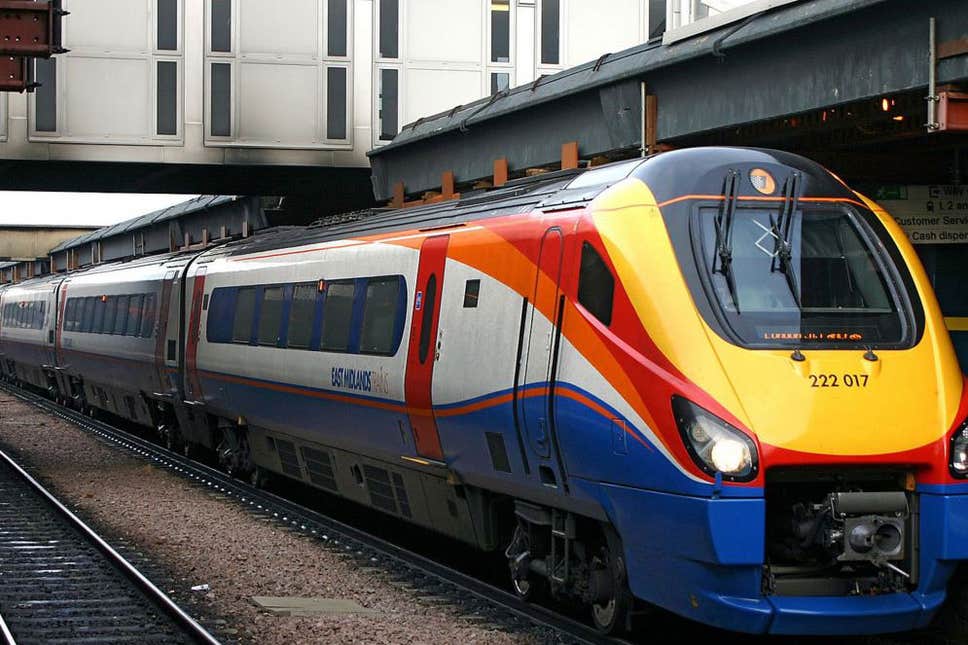
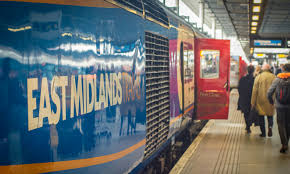
East Midlands Trains (EMT) is a British train operator owned by the Stagecoach Group. Headquartered in Derby, the company’s main routes are concentrated in the central and eastern parts of England, providing train services in parts of East Midlands and Yorkshire, primarily in Lincolnshire, South Yorkshire, Nottinghamshire, Leicestershire, Derbyshire and Northamptonshire. The average weekly mileage of the East Midlands Trains is approximately 115,000 miles per year, which is faster than the existing HST and has a top speed of 125 mph.
The service at East Midlands is great. They have 24/7 full-time service. If you have a train delay, you need a refund, you can drop off your luggage and you can always contact their staff. Their train is delayed for 30-59 minutes, the Single Ticket can get 50% compensation, and the Return Ticket can get 50% of the ticket price for any ticket to or from the return ticket; if the delay is between 1 hour and 1 hour and 59 minutes The Single Ticket can be fully compensated, and the Return Ticket can compensate one in the ticket to or from the return; if the delay is 2 hours or more, the full ticket can be compensated for both the Single Ticket and the Return Ticket.
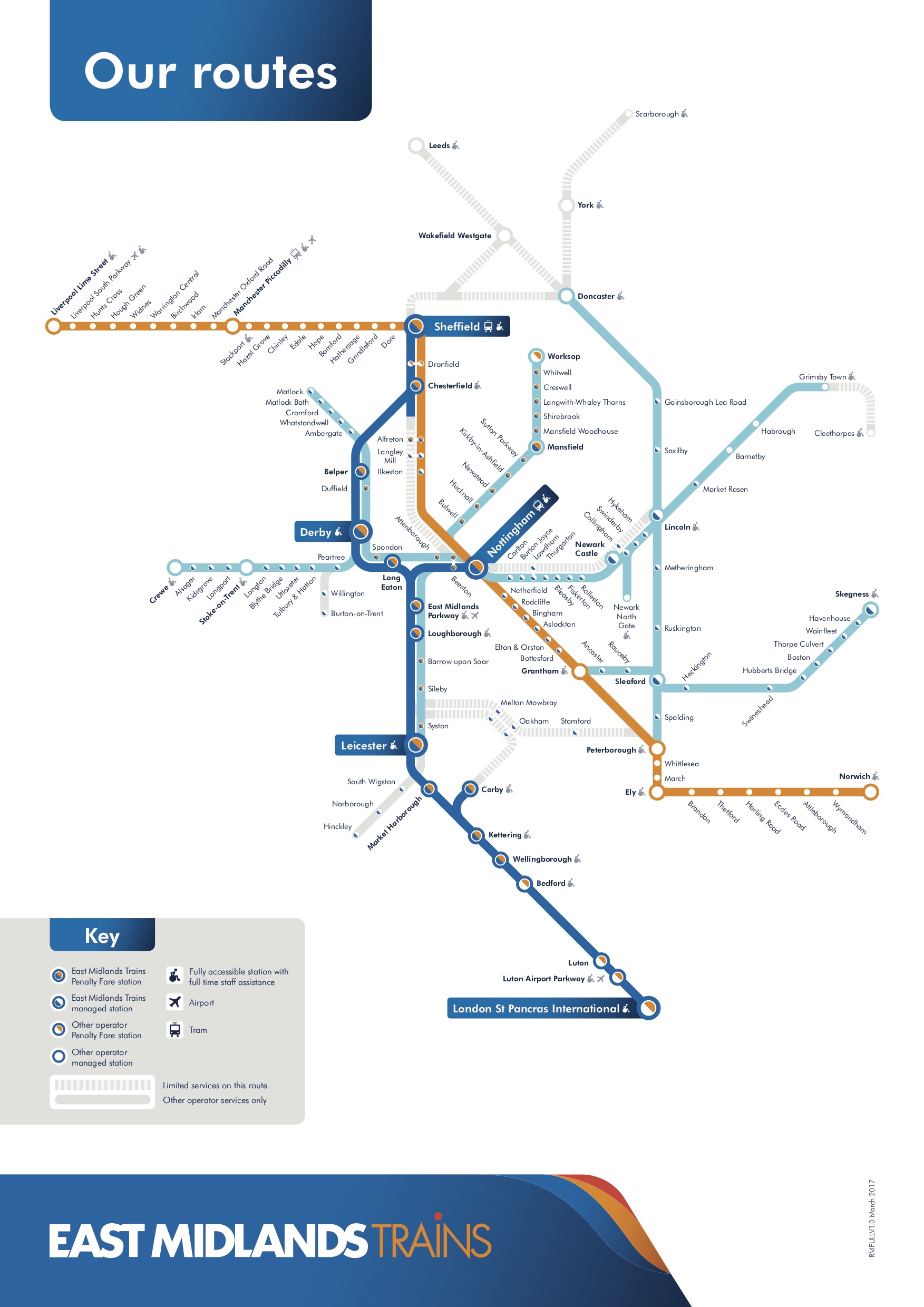
East Midlands Trains Routes
Virgin Trains
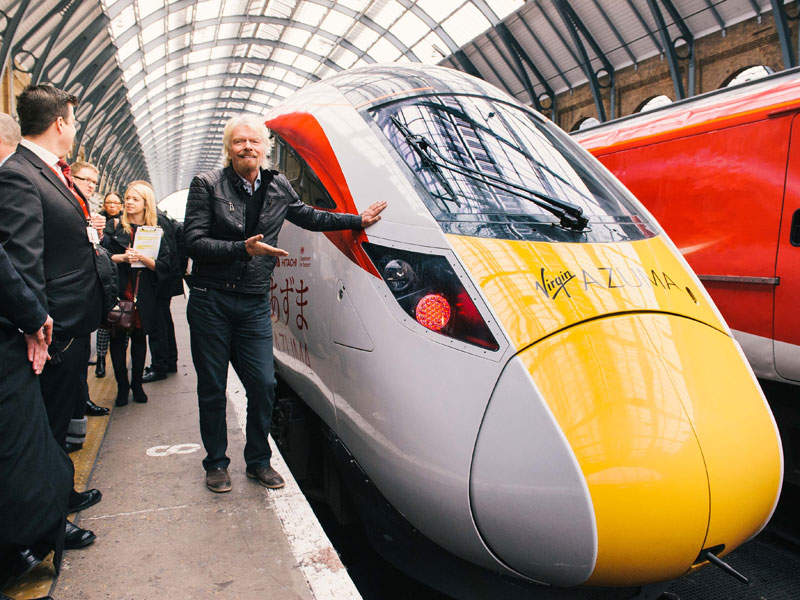
The Virgin Train, which is part of the Virgin Group, is very large. There are two rail companies, including Virgin Trains West Coast and Virgin Trains East Coast. Virgin trains use high-speed rail, with the main line on the West Coast reaching 125 mph. The main stations of its trains are: Birmingham, Edinburgh, London (London Euston), Glasgow, Leicester, Liverpool (Liverpool Lime Street, Liverpool), Manchester (Manchester Piccadilly, Manchester Piccadilly) , Sheffield and other major cities. Virgin Trains is the best long-distance train line in the UK. Now the cumulative mileage of these trains has exceeded 145 million miles (and can be connected around the earth 3 times). Because it is a train route that runs through most of the British Empire, high-speed trains are used, with the main line on the West Coast reaching 125 mph. The fare is also very reasonable. The first class pre-order price starts at 7.50 pounds. It comes with free WIFI, comfortable lounge chairs and high-end catering services. All other cabin passengers can purchase WIFI by themselves.
Although it is a long-distance train, it has its frequent frequency, and even on the busiest line, it has reached a frequency of 20 minutes. The Virgin Trains West Coast has become the most frequent and popular long-haul route in the UK, and has been rated as the “most satisfactory” and “best value for money” long-distance route.
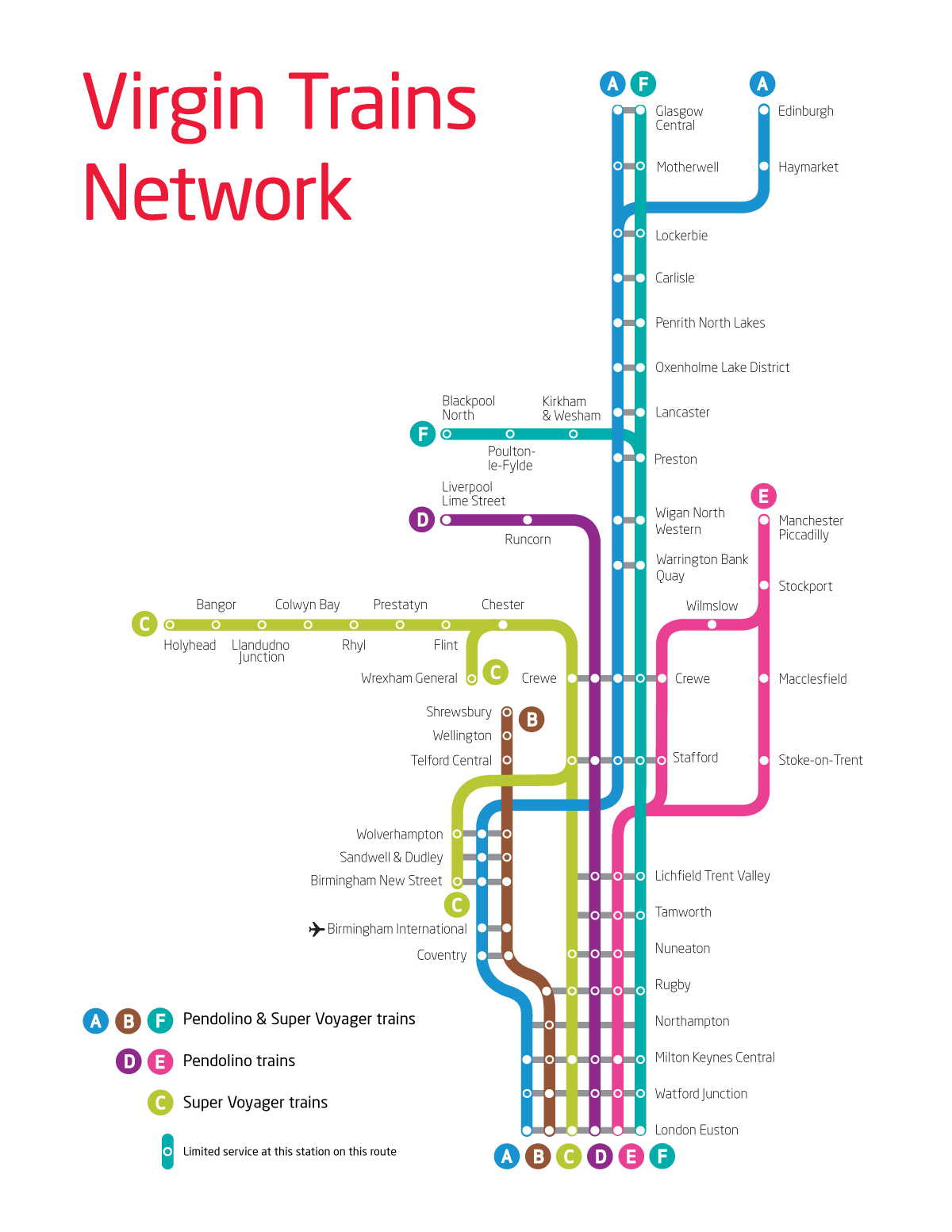
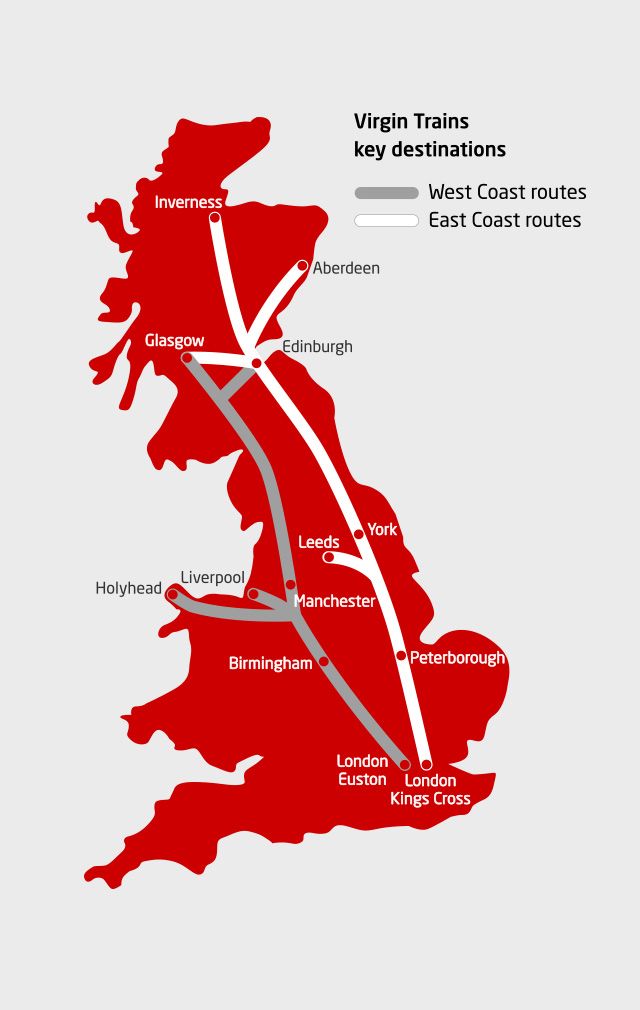
Virgin Trains (West Coast, East Coast) Routes
ScotRail
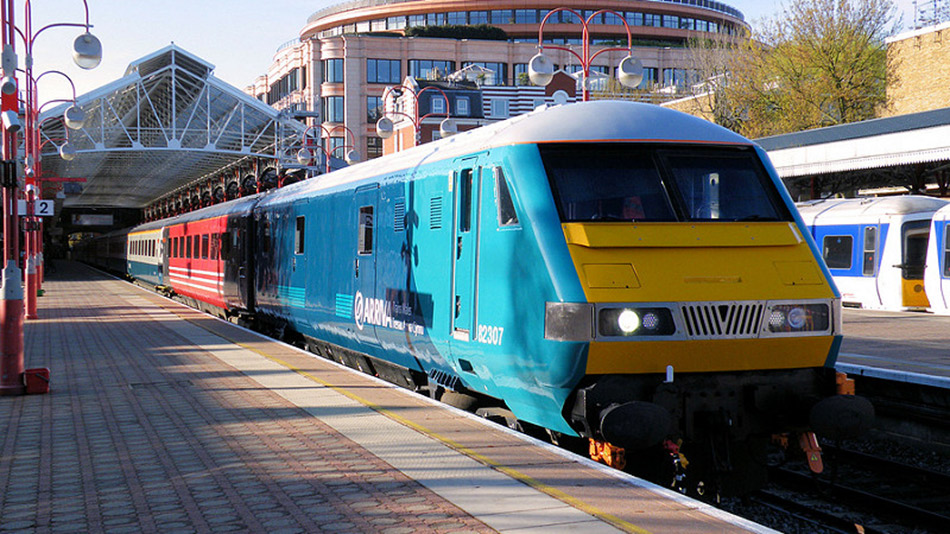

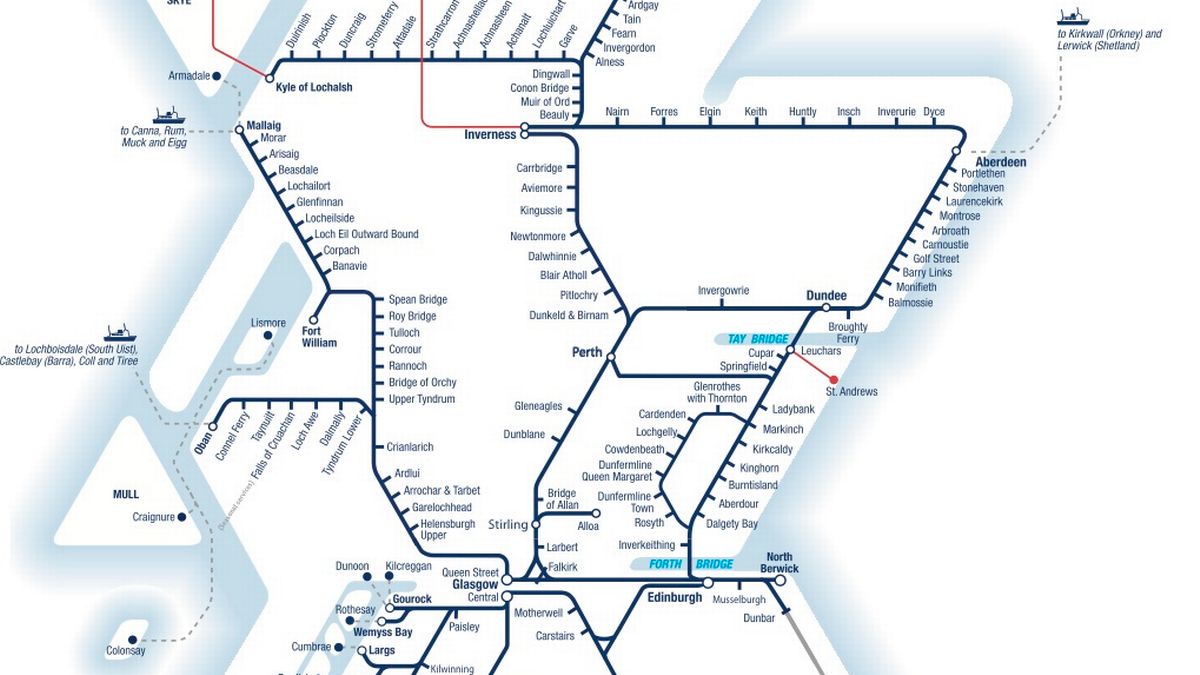
Arriva Trains Wales
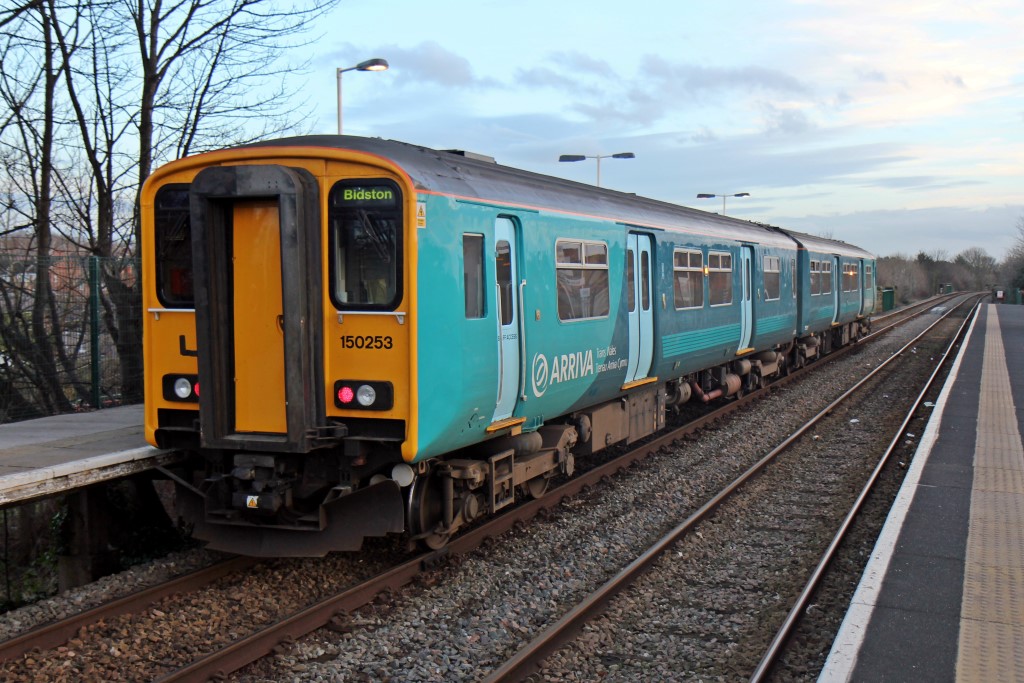
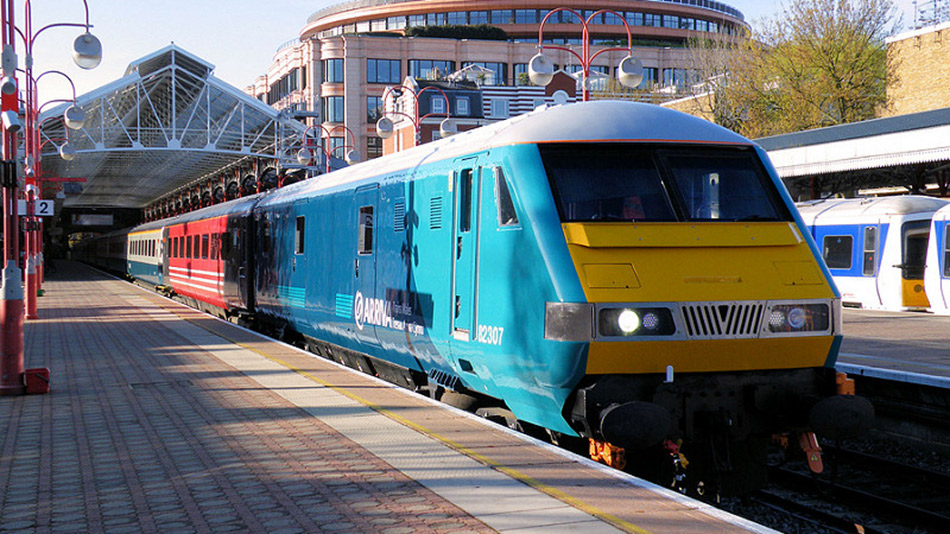
Arriva Trains Wales is a subsidiary of Arriva UK Trains, with its main sites: Birmingham New Street, Birmingham New Street, Cardiff, Coventry, Manchester City, Swansea and more. The biggest feature of Arriva Trains Wales is the beautiful scenery along the way, but if you want to take a photo, you must apply to the official website 14 working days in advance to shoot!
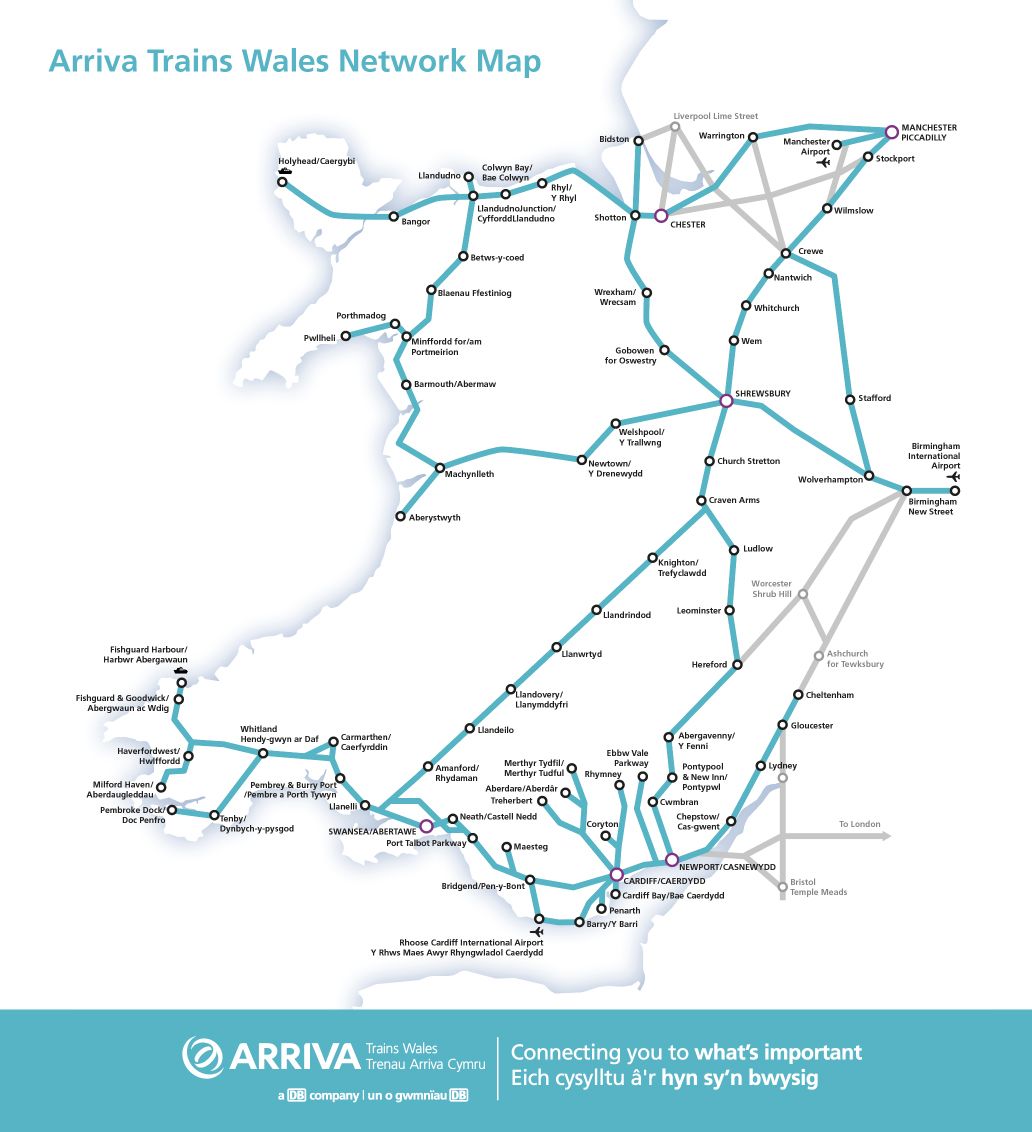
Arriva Trains Wales Routes
EuroStar
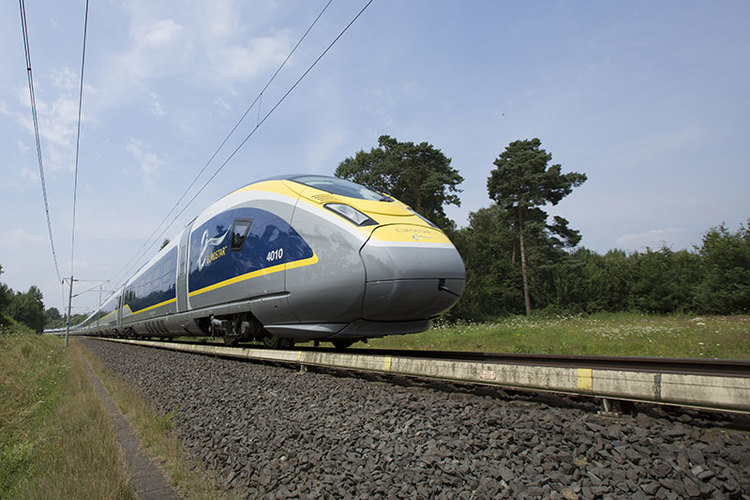
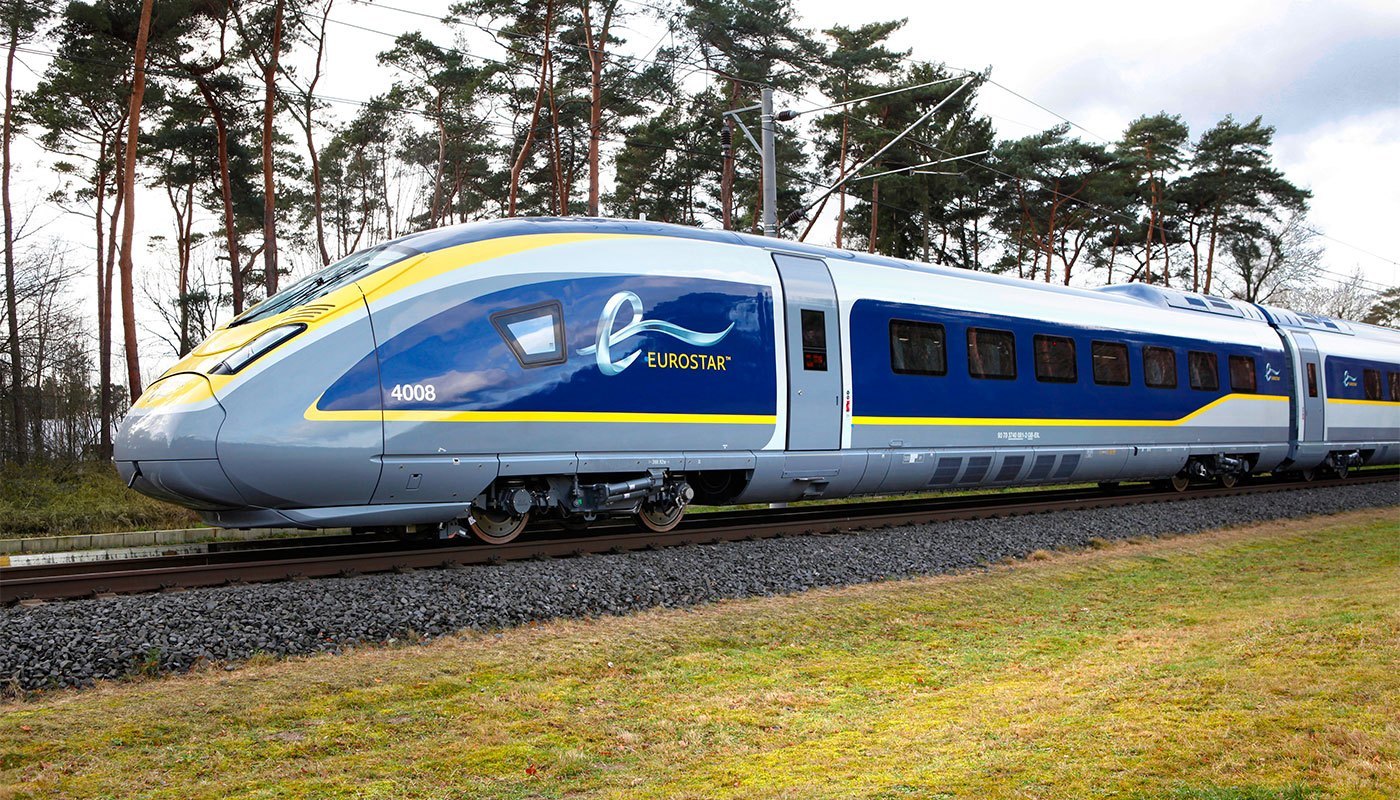
The Eurostar train is a super-high-speed train of 300 km/h (186 mph) and is the most popular and prestigious railway route connecting London and Paris. After the Channel Tunnel is connected, it takes 2 hours and 15 minutes to travel from London to Paris by Eurostar, 2 hours and 34 minutes to Disneyland France, and 1 hour and 51 minutes to Brussels, Belgium. Eurostar main stations:
- London St. Pancras、
- Lille Europe
- Paris-Nord
- Bruxelle-Midi
- Marne la Vallée-Chessy (Paris Disneyland)
Business Class and First Class have meals at mealtimes and have a dedicated lounge at the station. Each Eurostar consists of 20 cars, up to 400 meters long, with a manned section of 18 knots, 1 luxury cabin, 5 first-class cabins, 10 second-class cabins and 2 dining cars. There are a total of 766 seats in the car, including 206 seats in the luxury and first class, and 560 seats in the second class. Why is this train so long? That’s because the English Undersea Tunnel has only two railways, and it is the main artery connecting the British mainland and the European continent. It is an important transportation hub. If there are enough passengers per train, then even if there are only two railways, the entire traffic demand is still Can be satisfied.
Such high-end trains must of course be equipped with high-end staff. Train crews must be proficient in English and French. They must be fluent and very fluent. Although most of them will become “Frenglish”, passengers seem to be mostly bought. Although you need a Schengen visa to go to a European country, when you take the Eurostar, customs clearance can often be completed by the destination country after the security check at the departure station (ie, one inspection), so that passengers can easily get off the subway and exit after arrival. , saving a lot of time.
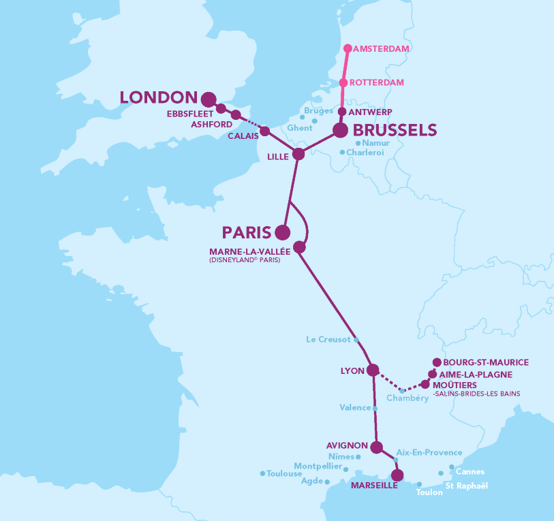
EuroStar Routes
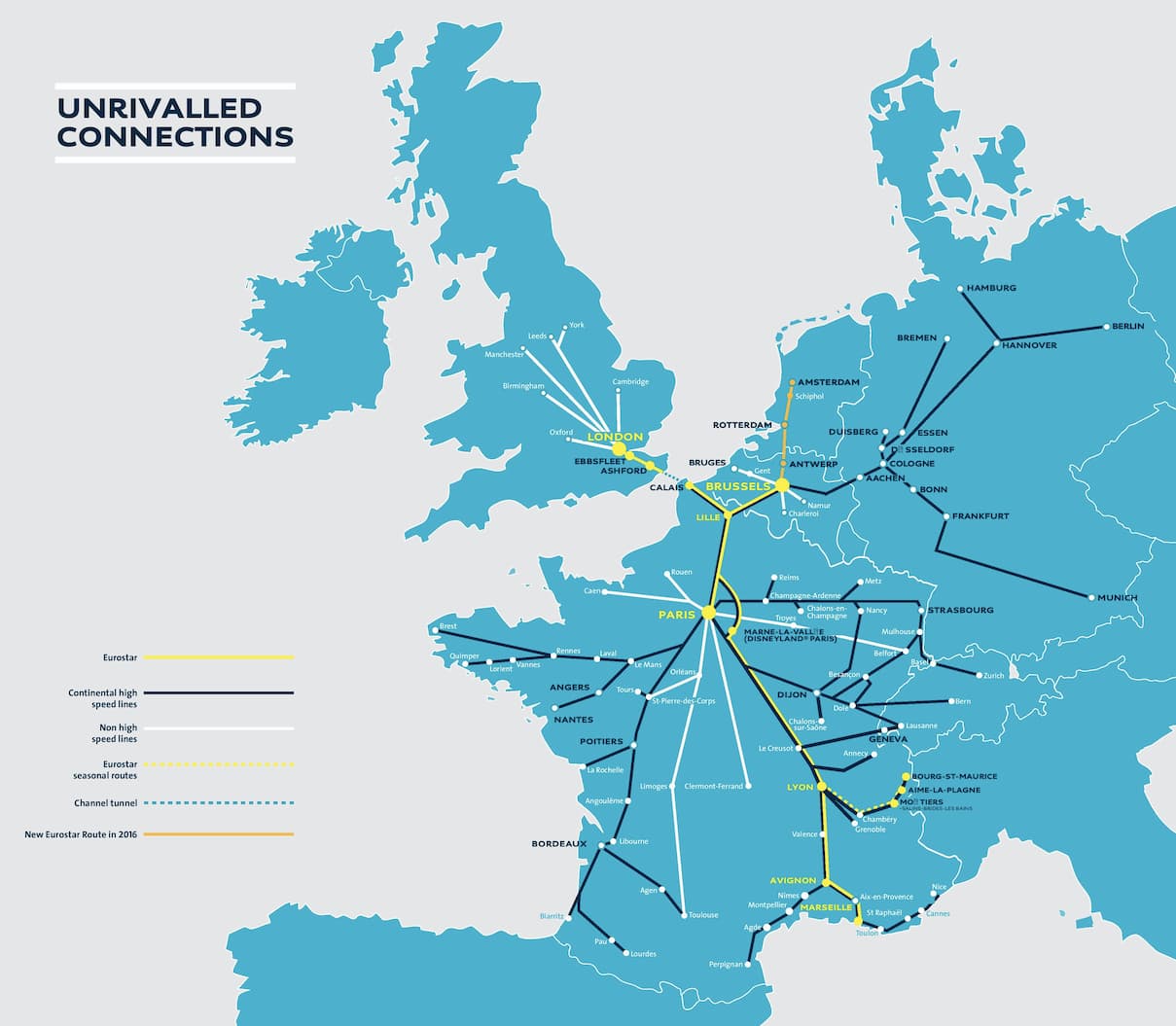
Popular Routes
伦敦-爱丁堡
伦敦-利物浦
伦敦-布莱顿
利物浦-曼彻斯特
Class of Travel
Although all trains offer a second class (Standard), a first class is also available on some trains. This provides a more unique travel environment, in most cases, a seat that is more spacious and/or comfortable than the standard.
In order to enjoy first class service, you need to purchase a first class train ticket. On most trains, a first class ticket is required to pass or even stand in the vestibule of the first class, but this requirement is abandoned on some trains because the layout of the car makes it difficult to perform.
It is usually possible to upgrade a second class ticket to a first class ticket by excess or supplement. The regulations on this are very complicated and vary by train company.
First Class Passenger Cervice
Depending on the train company and route, passengers in first class accommodation may receive certain additional benefits (such as free food, drinks and newspapers). This is especially common on long-haul intercity routes.
First class tickets are also often allowed to enter the dedicated lounge of the main station.
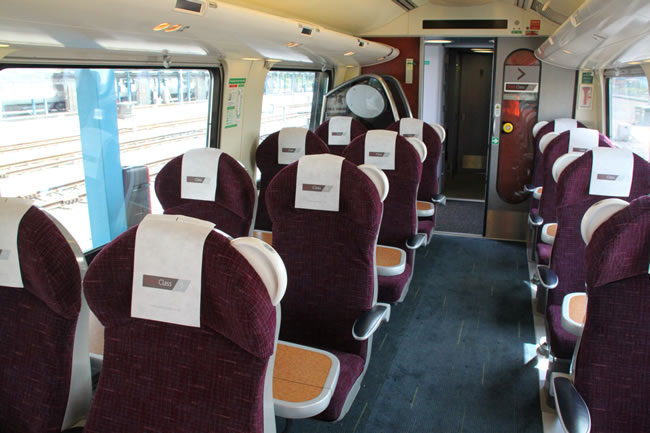
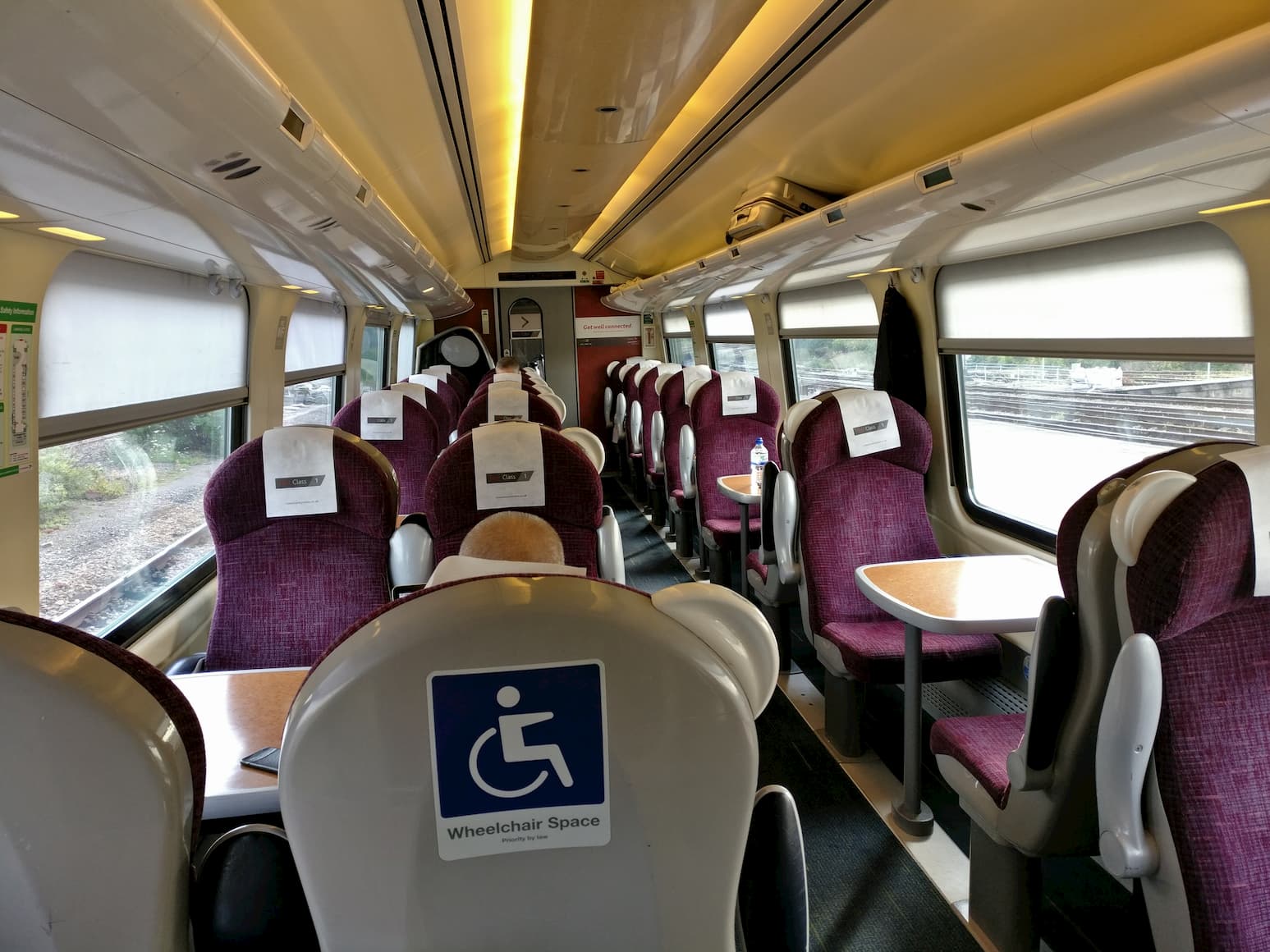
CrossCountry Trains First Class
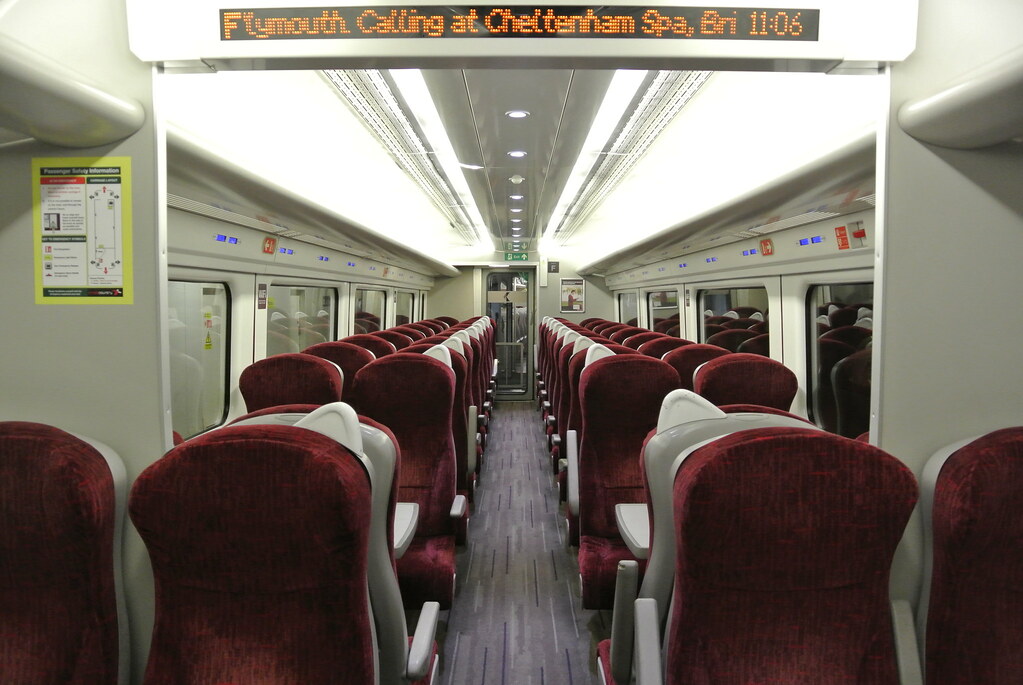
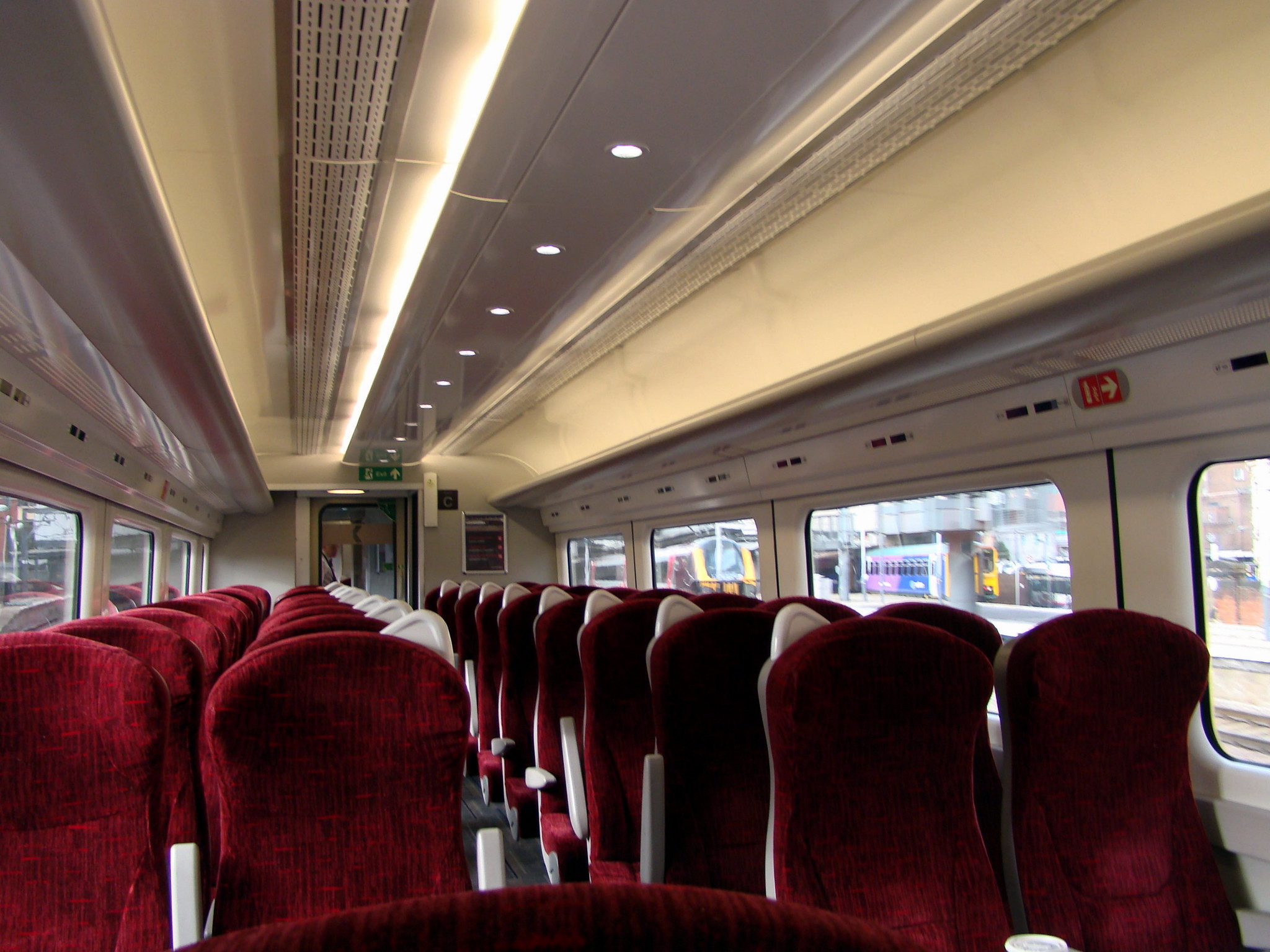
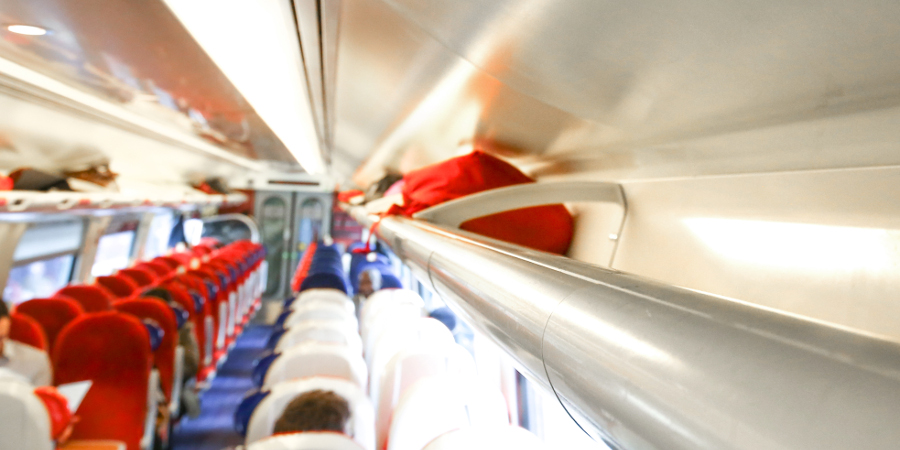
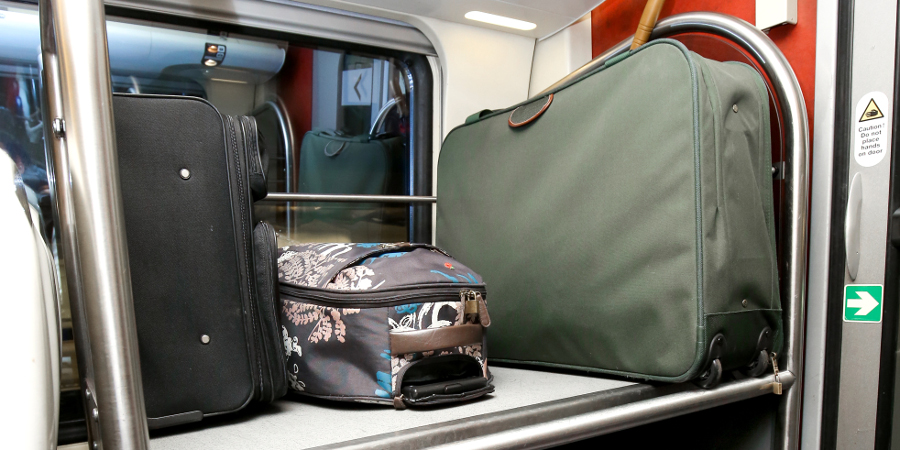
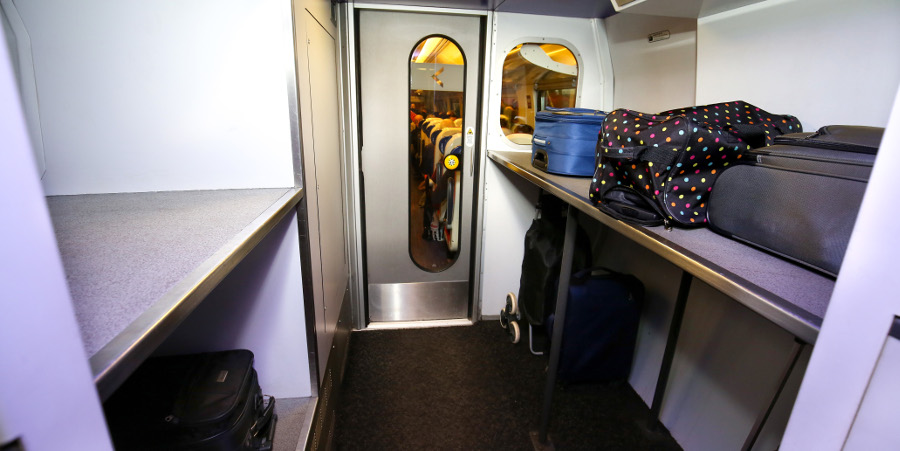
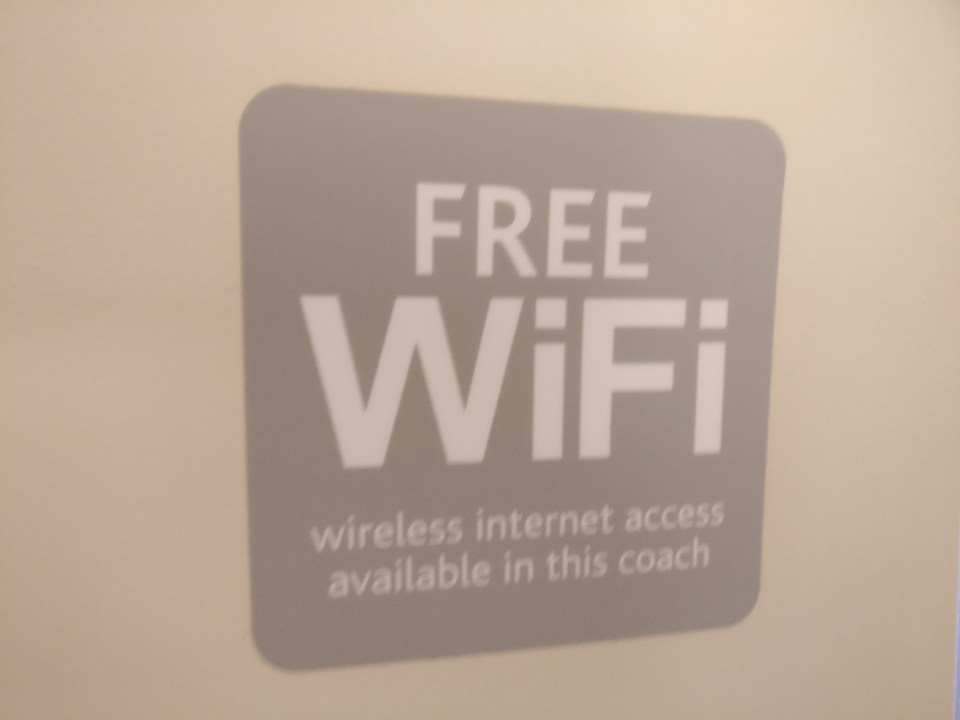
CrossCountry Trains Free Wifi on First Class
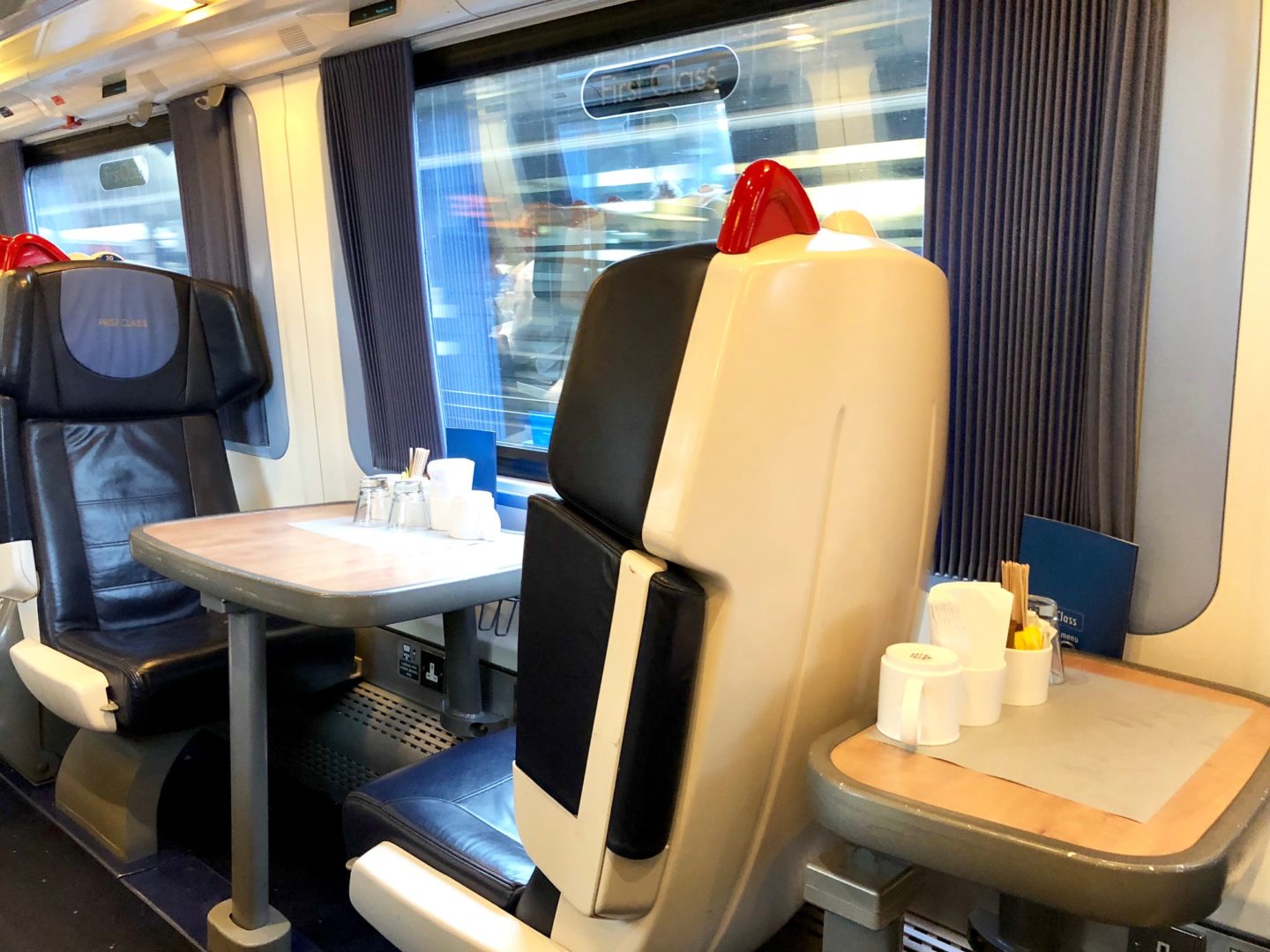
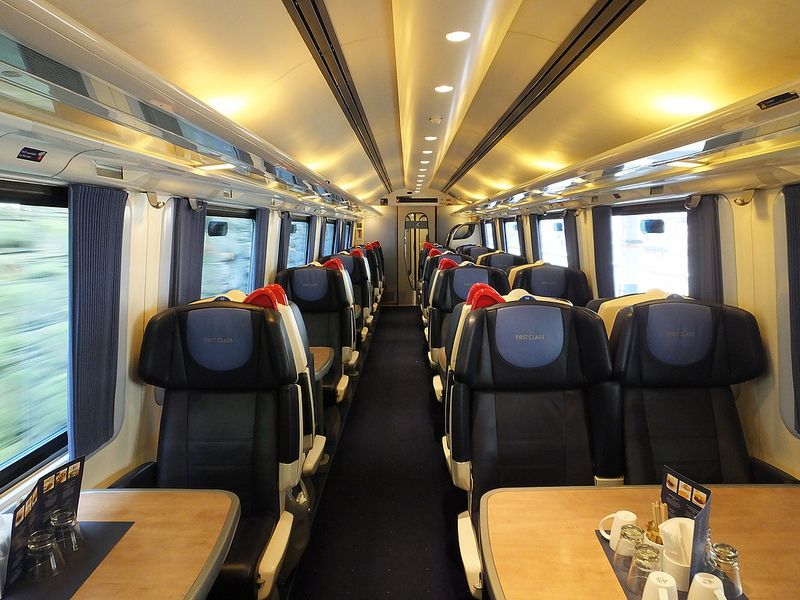
East Midlands Trains First Class
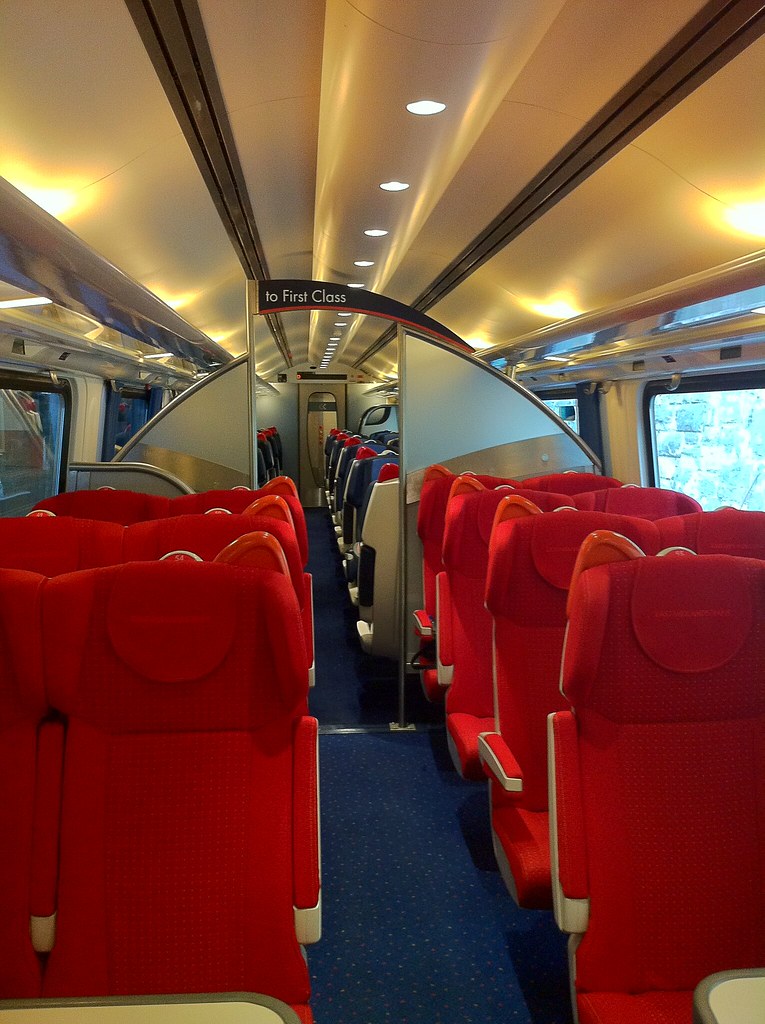
East Midlands Trains Standard Class
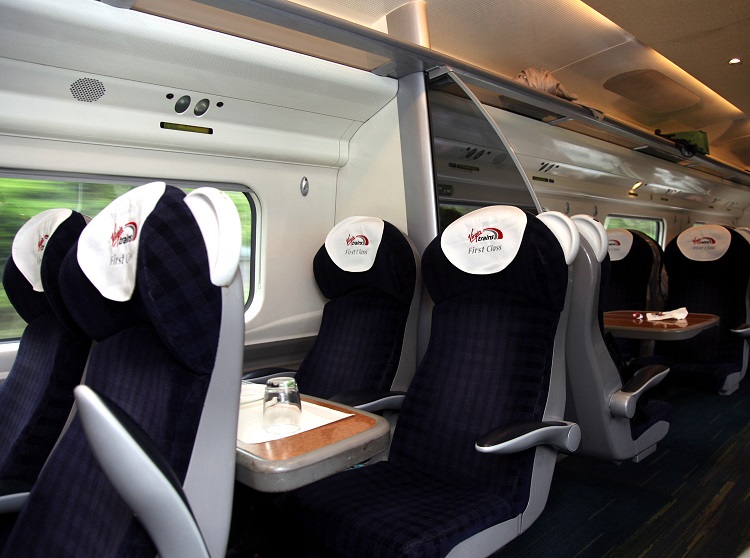
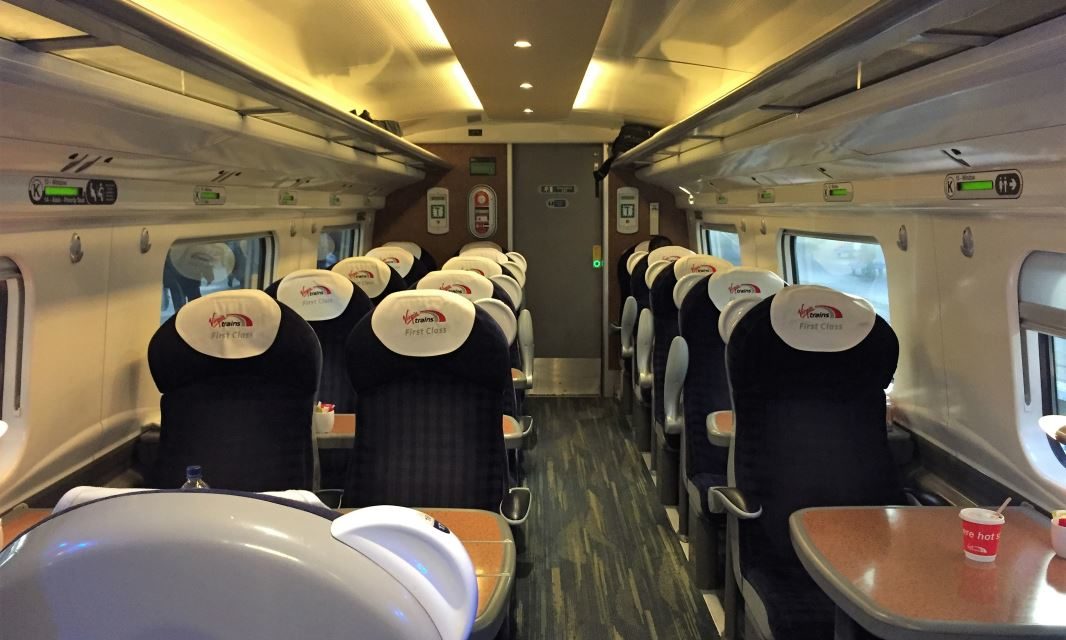
Virgin Trains First Class
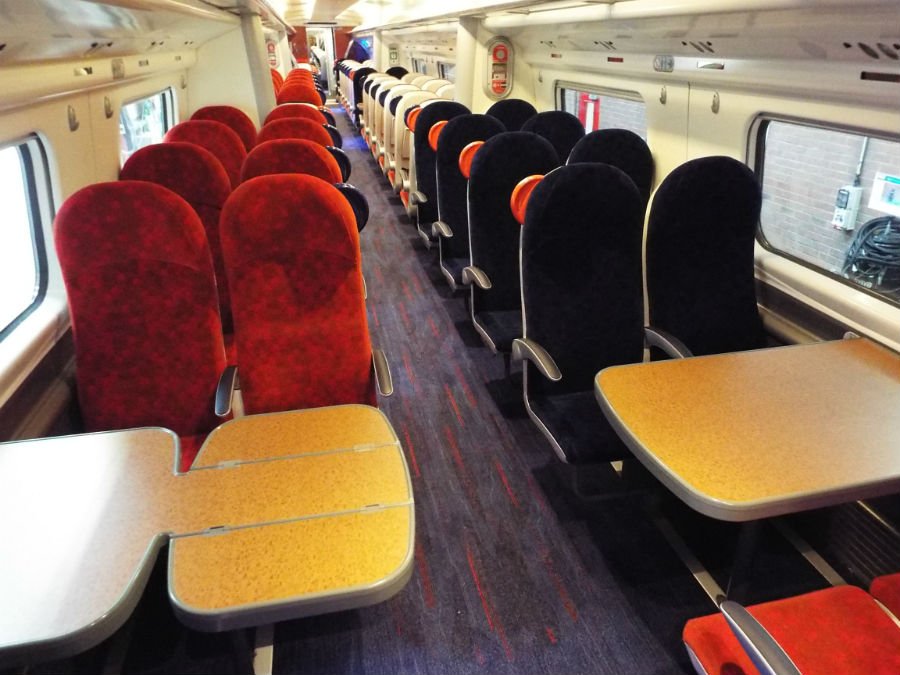
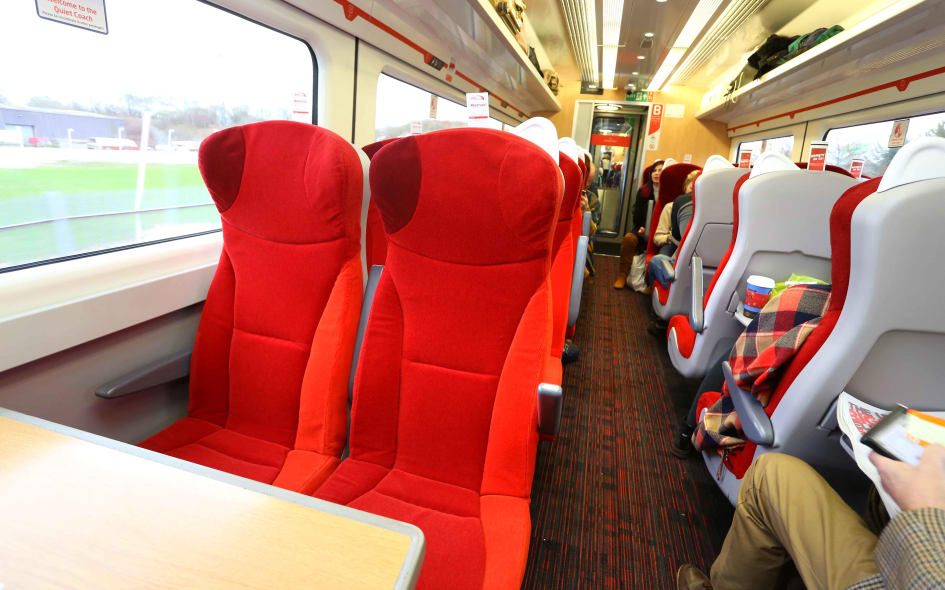
Virgin Trains Standard Class
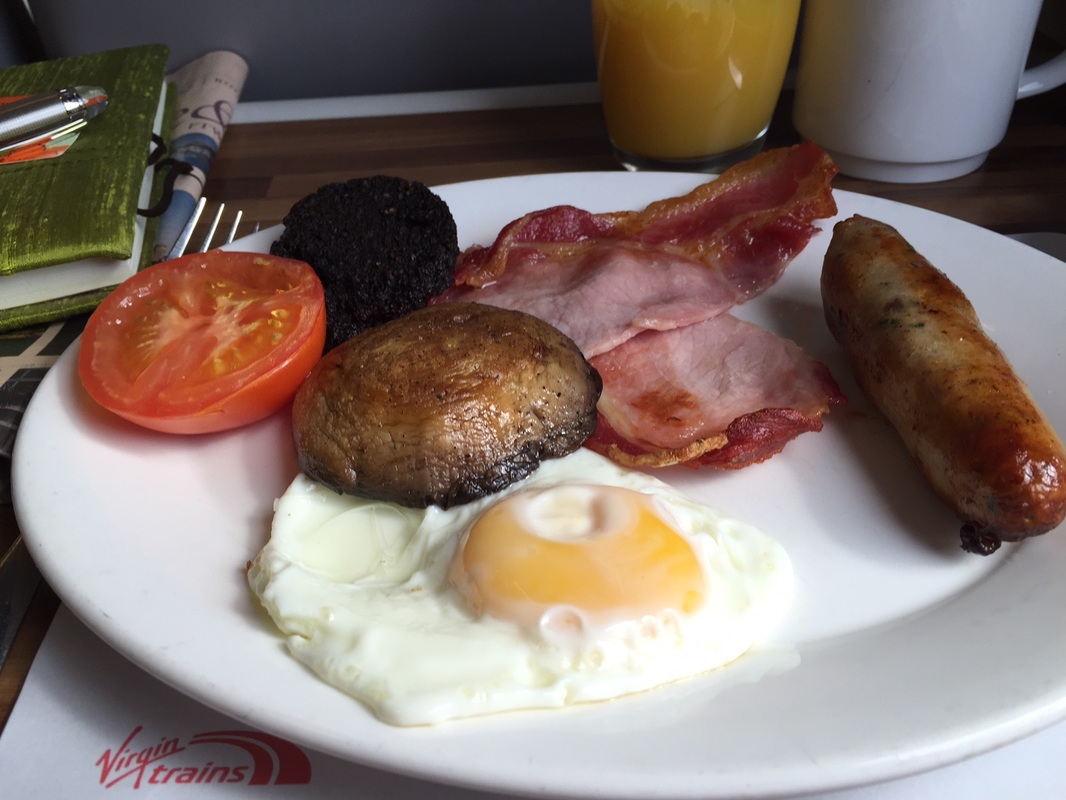
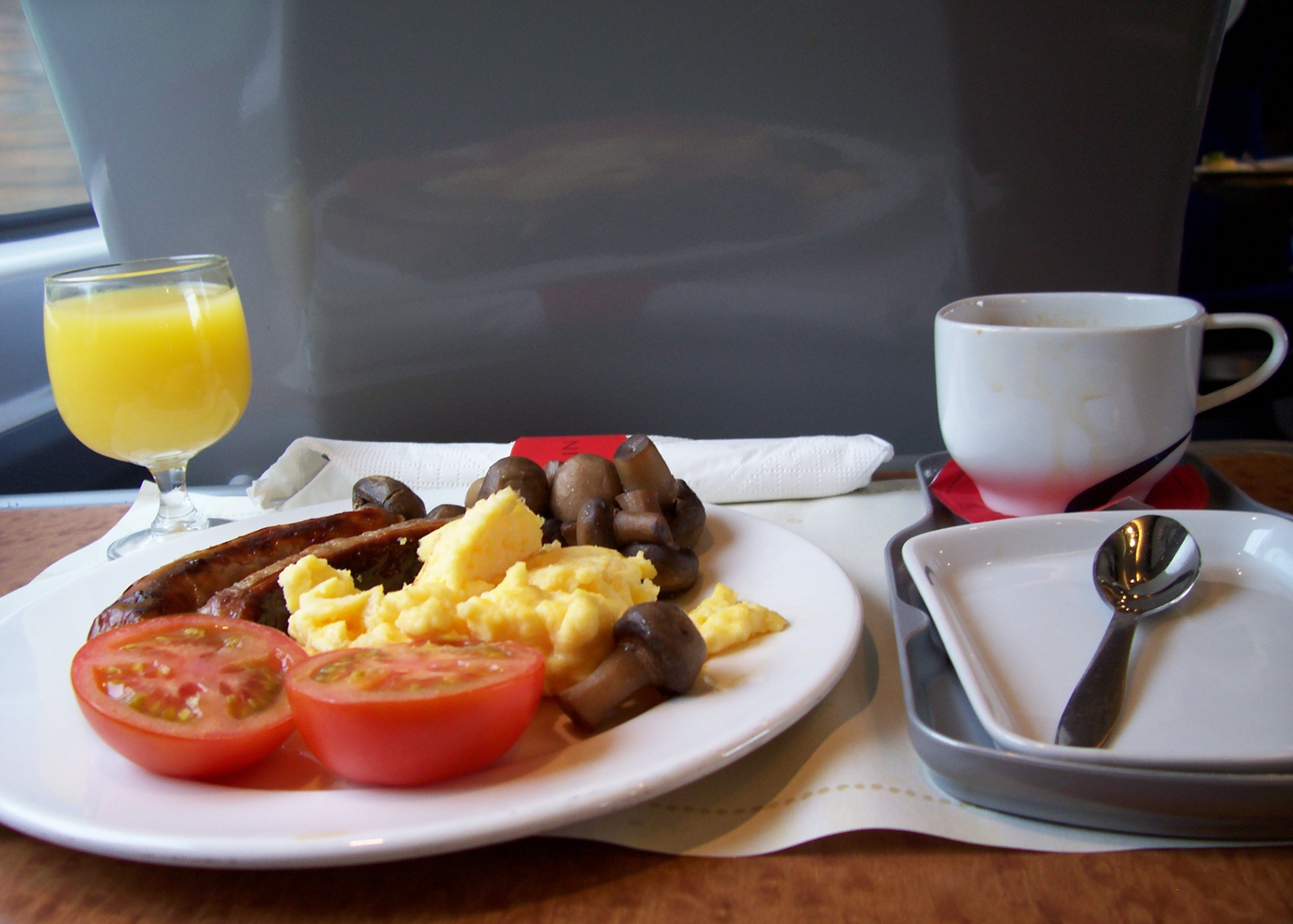
Virgin Trains Free English breakfast at First Class
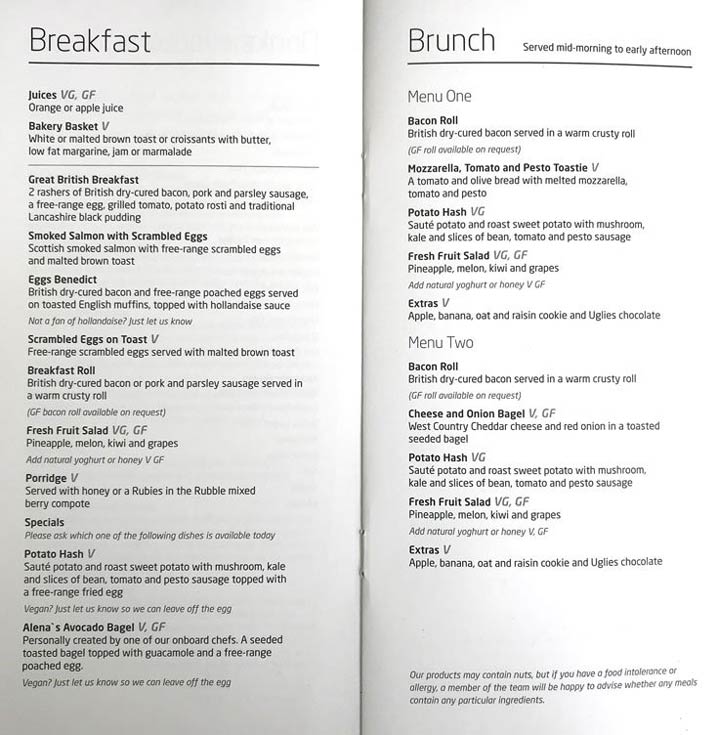
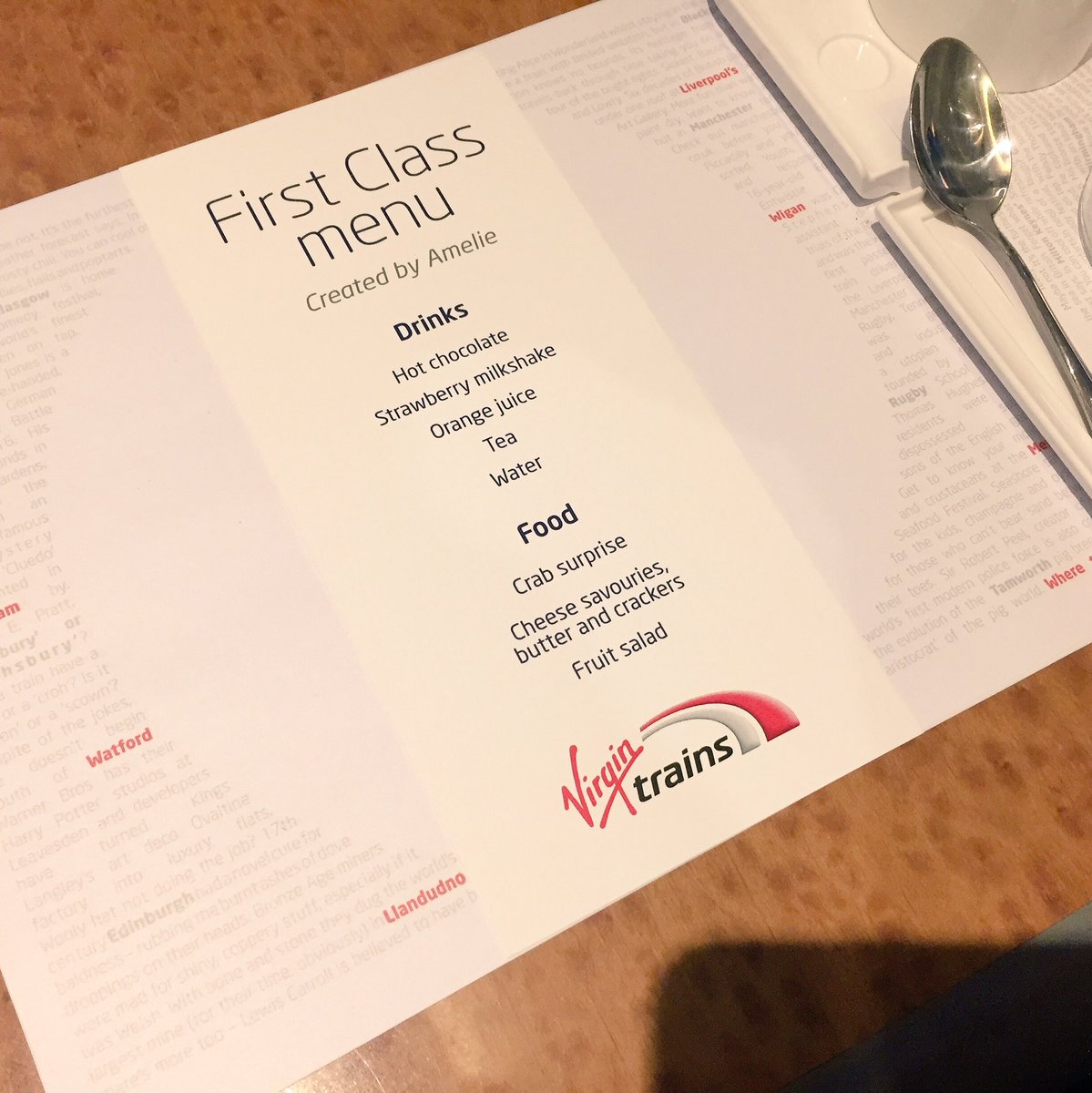
Virgin Trains Menu of First Class
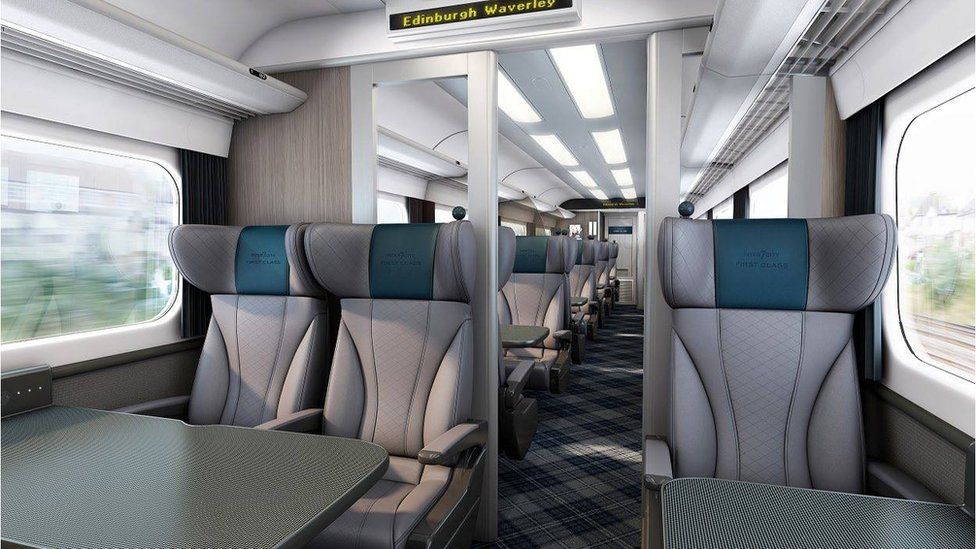
ScotRail Standard Class
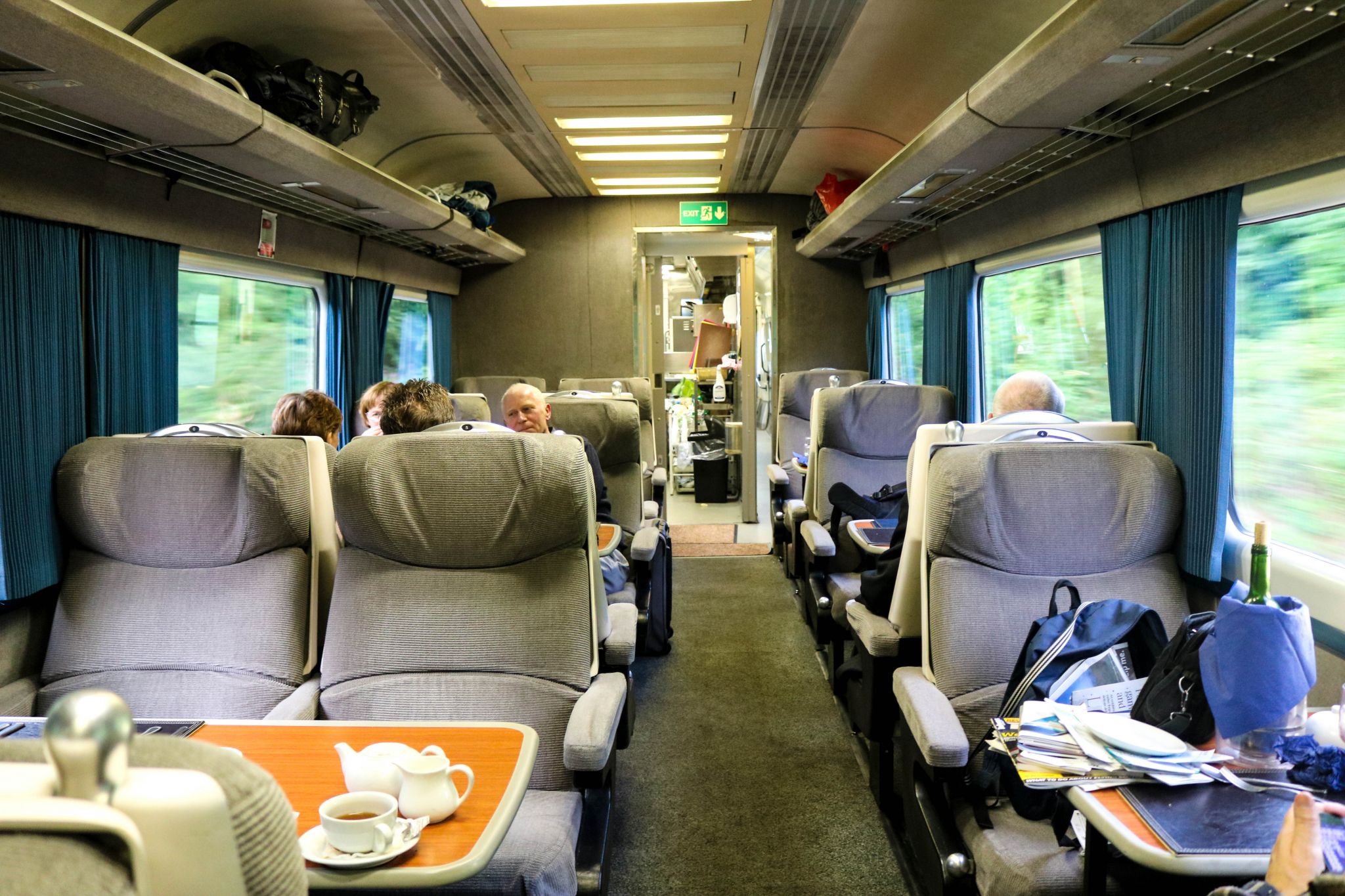
Arriva Trains Wales First Class
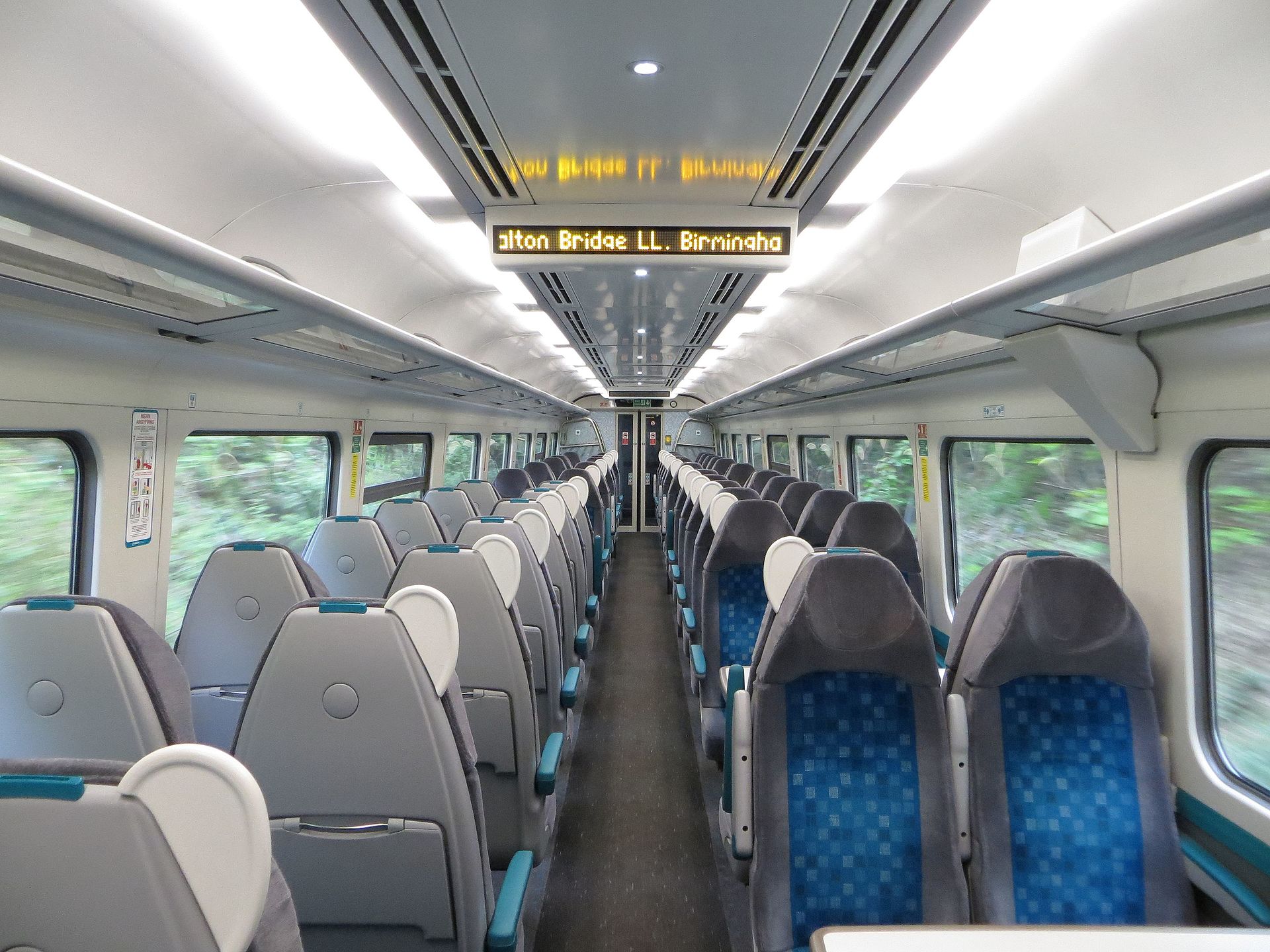
Arriva Trains Wales Standard Class
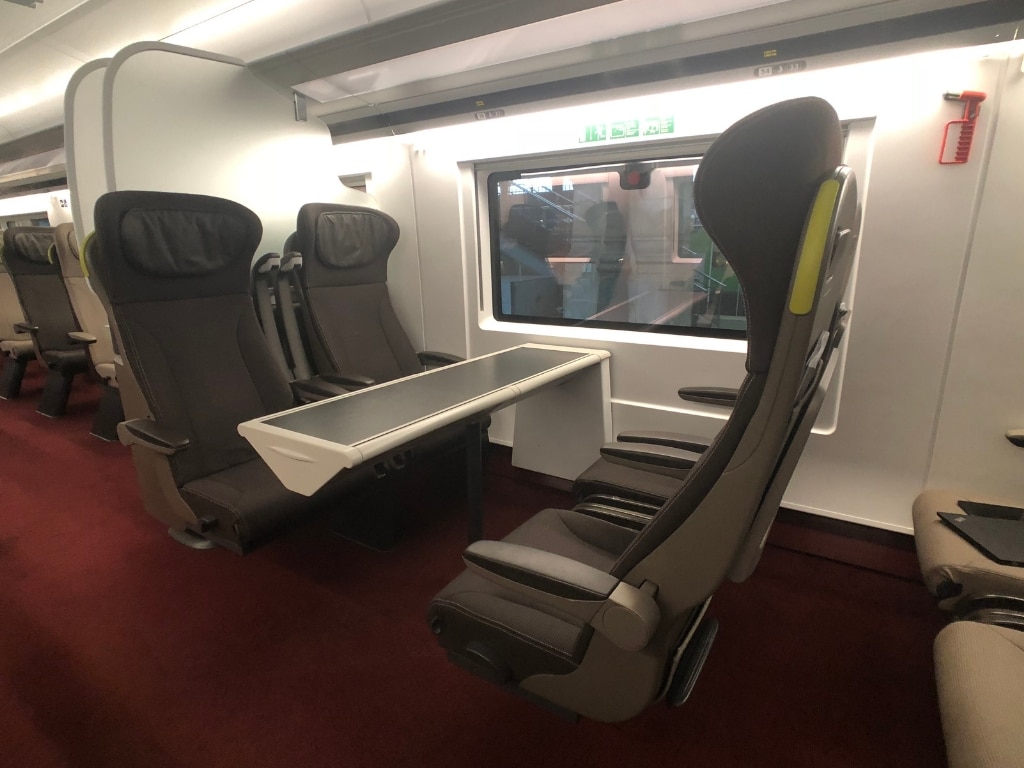
EuroStar First Class Twin Seats
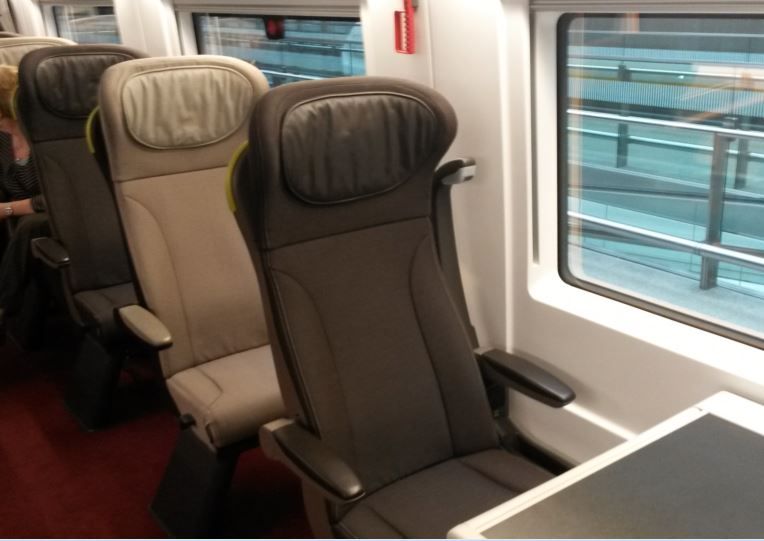
EuroStar First Class Single Seat
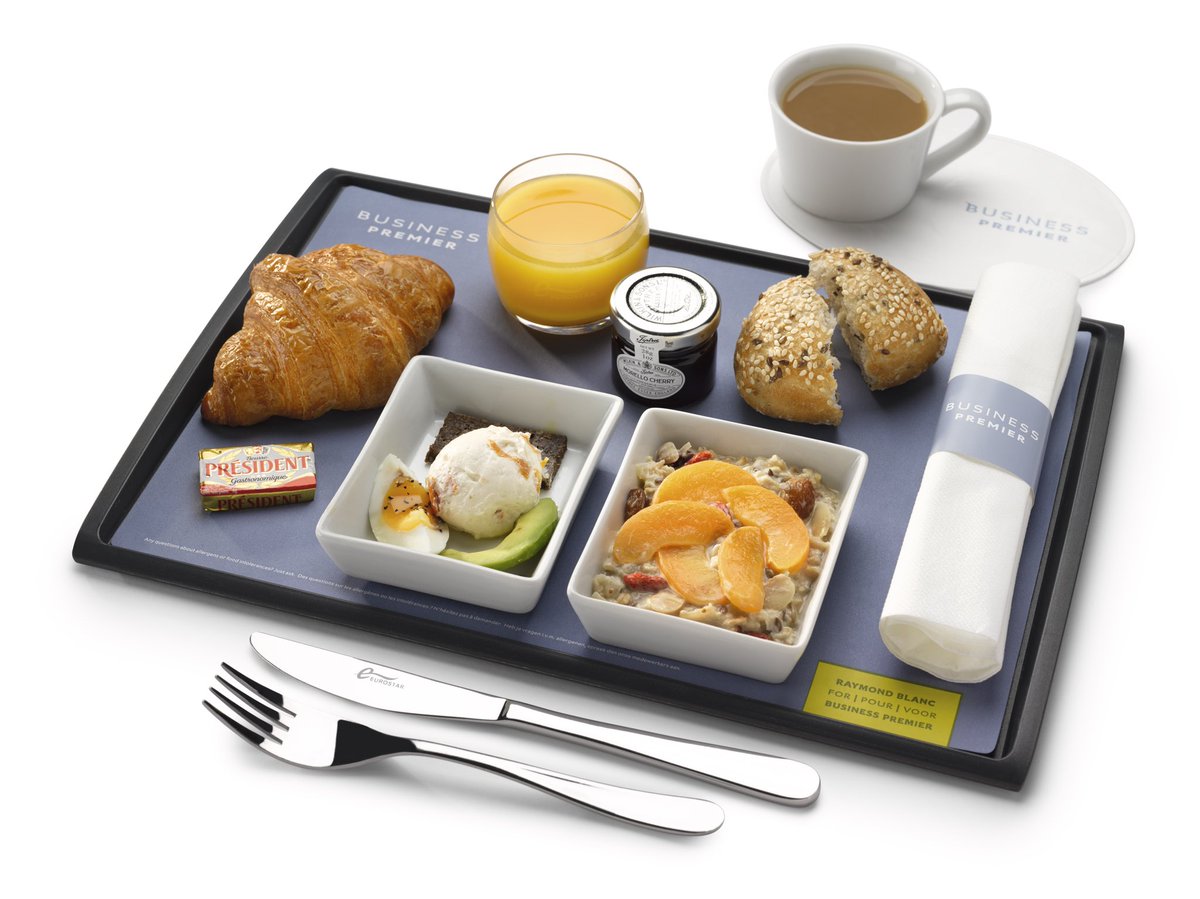
EuroStar First Class Meal
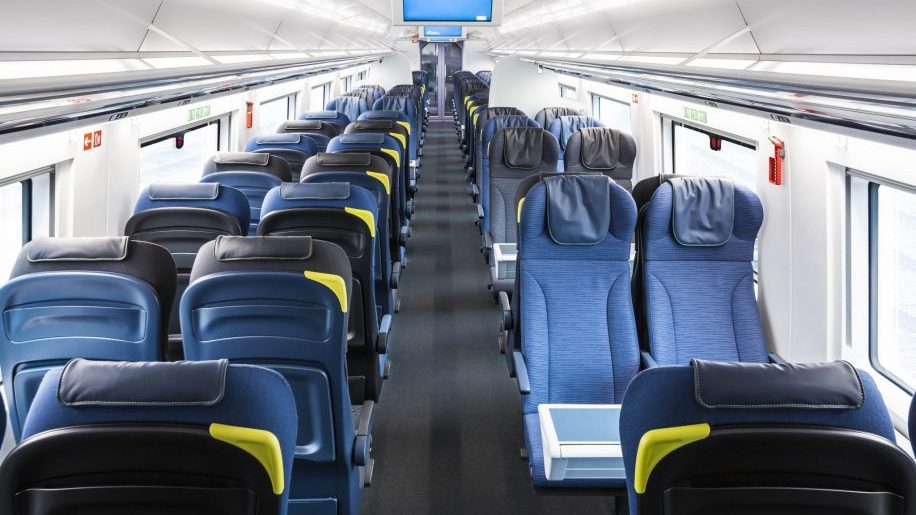
EuroStar Standard Class

Cocktail Bar in EuroStar VIP Lounge London St. Pancras Intl
Ticket
British train tickets are not only expensive but also complicated, which makes many tourists who are new to the UK have a headache.
For example, for a 2 to 3 hour train journey, the fare will be several tens of pounds, and the prices of different purchase time points, different ride times, different seat classes, and different ticket types will be different. Similar to other European countries, the British Rail also has a BritRail Pass and a Point to Point Ticket.
BritRail Pass
The BritRail Pass is only available to foreigners and is therefore only available outside the UK and is also divided into several categories, including:
British regional train passes BritRail Pass, BritRail Pass (England), BritRail Pass (Central Scotland) and more.
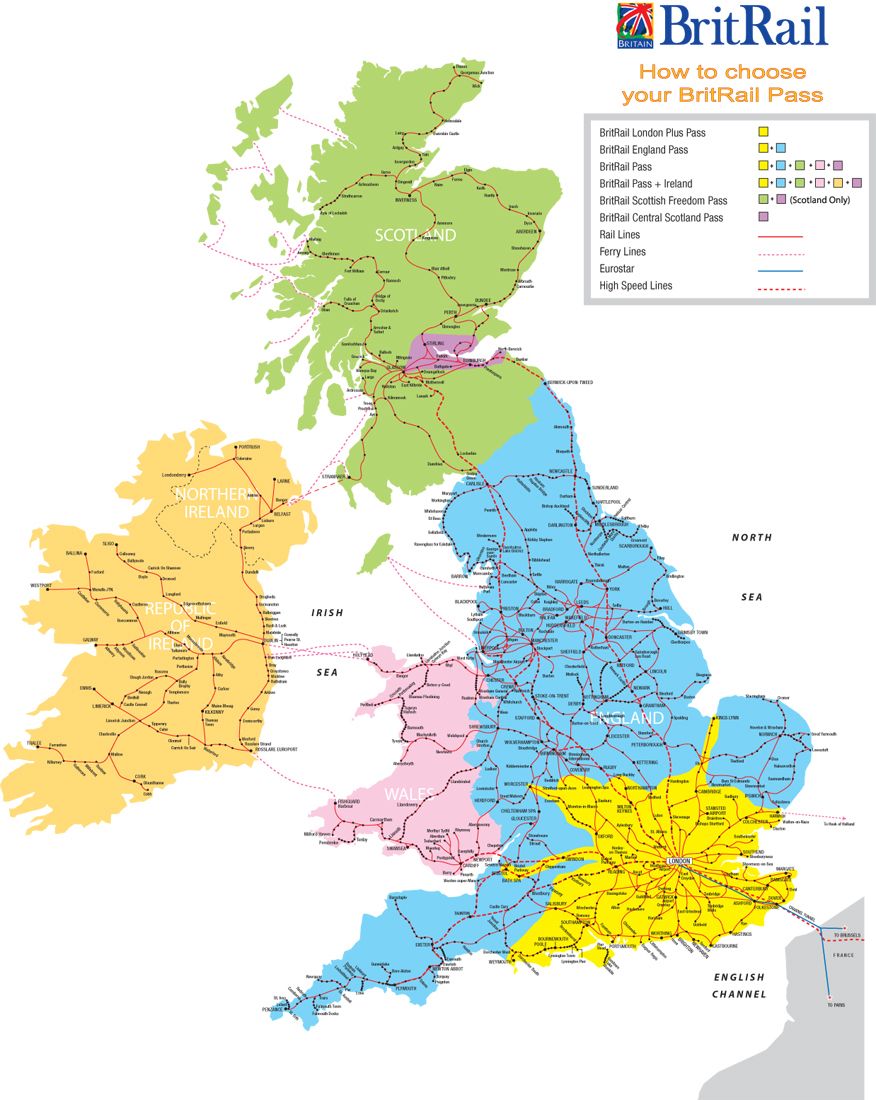
How to Choose BritRail Pass
The BritRail Pass is further divided into a Consecutive Pass and a Flexible Pass. The continuous pass can be used for unlimited number of miles in consecutive valid days; the optional pass is within six months of the purchase. For any number of days, the user needs to write the date of the ride and can ride for an unlimited number of miles on the same day.
The number of days offered by both tickets is 3 days, 4 days, 8 days, 15 days, and the consecutive tickets are also available for 22 days and one month. The price of the flexible ticket is higher during the same number of days.
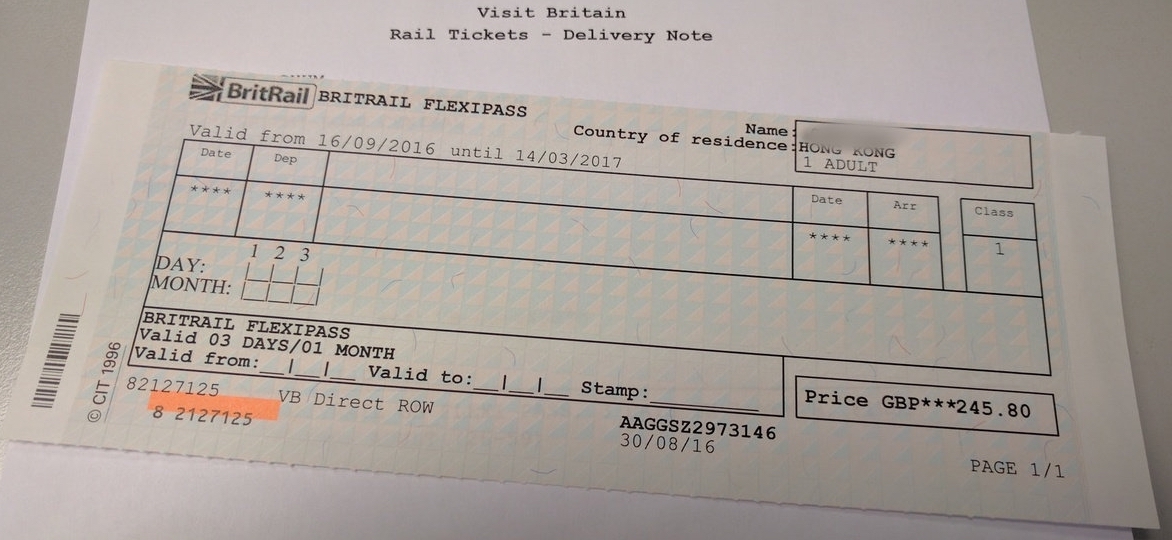
BritRail Flexipass
You can book BritRail Pass directly from G2Rail.
Point to Point Ticket
If you buy a point-to-point train ticket separately, pay special attention to the difference between the different types of tickets, the ticket type is different, and the price is different. There are different ticket types for the UK point-to-point train tickets.
By number of round trips
A single ticket allows a one-way trip from one origin to one destination. The Return Ticket allows for round-trip and return journeys from the point of departure to the destination, whether on the same day or after a month, depending on the type of train ticket.
The return journey begins without completing (or completing) the Outward Journey, but the outbound portion of the train ticket then becomes invalid and can no longer be used. In other words, the outbound portion is only valid if you still have an unused return portion.
Other options for single and return tickets include:
- Multi-journey Tickets – Train tickets that allow multiple trips often provide better value, even if only one trip is made. These tickets include Season Ticket, Rangers, Rover and TravelCards.
- Integrated Fares – When it comes to long-distance travel with multiple modes of transport, comprehensive fares can be provided, including buses, boat trips, and rail journeys, all on one ticket.
Base on time
All round-trip tickets and most one-way tickets (except for the Advance Ticket) are one of two categories.
- Any time one-way ticket (Anytime)
Non-busy one-way ticket (Off-Peak)
These two tickets are also collectively referred to as Walk-Up Fares. Although you must specify the desired date at the time of purchase, you can purchase one year in advance from the day of travel. Depending on the type of ticket, the ticket may only be valid on this date or it may be valid for a few days thereafter. Anytime and Off-Peak tickets will not restrict you from traveling on a particular train. You can travel to any specific itinerary via any permitted route (requires participation in the following route section). You must complete the journey at 04:29 on the last day of the validity period.
Most one-way fares allow the journey to get off the bus and re-board to continue the route, some of which allow travel to be separated in two days and rest overnight. The return of most round-trip tickets (Outward Journey) and almost all return tickets (Return) are allowed to take a break. If the validity period is more than 1 day, it can be included multiple times on the way if needed.
The main difference between Anytime and Off-Peak tickets is related to the time they may be used. These time limits are discussed in detail in the next section. The secondary difference is that an Off-Peak ticket cannot usually be purchased on a train unless there is no ticketing facility at the station where you boarded the bus. Anytime tickets can usually be purchased on the train, but in some cases, the Anytime ticket cannot be sold on the train, so it can only be fined. Therefore, buying a ticket before boarding (when the facility is available) is the best policy to avoid paying more than necessary. Off-Peak’s time definition is also related to different train companies (TOC).
Passengers who purchase Anytime and Off-Peak tickets must take the train on the date of the ticket. The train schedule and peak time that passengers can choose depends on the itinerary, departure date and train operator. Passengers can start a journey, interrupt a trip, continue a journey or end a trip at any station on the train route. If the passenger wants to get off the bus for overnight stay or the trip cannot be completed within one day, the trip can be interrupted and stay overnight. If you need to continue your journey the next day, you must depart the train before 12 noon and be subject to the relevant departure time. The trip cannot be interrupted again, except for the transfer. Some routes must not be interrupted. Please refer to the ticket terms and restrictions for details.
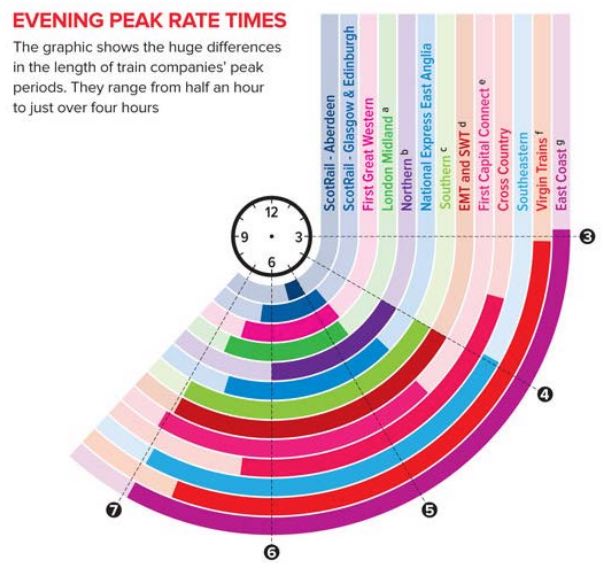
Definition of Off-Peak of Different Train Operator Companies
The Advance Ticket is a completely separate Anytime and Off-Peak ticket category, and ticket validity is much more strict – Anytime and Off-Peak tickets purchased in advance are not Advance! Because early bird tickets are cheap and complicated, we will introduce them in the next section.
Ticket Type
British train tickets will be divided into different ticket types according to time, number of passengers, and class. There are more than 1,800 kinds of tickets currently in use. The purchase is usually abbreviated. The following are some of the more commonly used. Abbreviation and the corresponding ticket type.
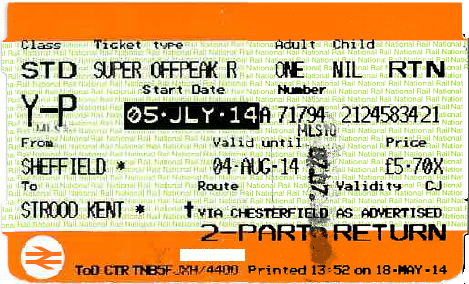
AnyTime Day Single
Standard
- SOR/GOR – Standard Open Return -> Anytime Return
- SOS – Standard Open Single -> Anytime Single
- SDR/GPR – Standard Day Return -> Anytime Day Return
- SDS – Standard Day Single -> Anytime Day
- ADT – Anytime Day Travelcard
- SVR/BVR – Saver Return -> Off Peak Return
- SVS/BVS – Saver Single -> Off Peak Single Standard
- CDR/1DR/1DT – Cheap Day Return -> Off Peak Day Return
- CDS(Cheap Day Single)/SVH(Saver Half ) -> Off Peak Day Single
- ODT – Off Peak Day Travelcard
- FTC ->Family Travelcard
- SSR/OPR/SOP -> Super Off Peak Return
- SSS/OPS – Super Off Peak Single
- OPD/GDS/PDS/SWS -> Super Off Peak Day Single
- SCO/PDR/C1R/CBA/GDR/SRR -> Super Off Peak Day Return
- STO/WRE/WDT ->Super Off Peak Day Travelcard
- 7DS -> 7 Day Season
- 7TS -> 7 Day Travelcard
First Class
- FOR/GFR – First Open Return -> Anytime First Return
- FOS/GFS- First Open Single -> Anytime First Single
- FDS – First Day Single -> Anytime Day First Single
- FDR – First Day Return -> Anytime Day First Return
- FDT – First Day Travelcard -> Anytime Day First Travelcard
- FSR/BFR/SFR -> First Off Peak Return -> Super Off Peak Return
- FSS/BFS -> First Off Peak Single
- FSO -> First Super Off Peak Day Return
- FCD/FCR/GE1-> First Off Peak Day Return
- OTF -> First Off Peak Day Travelcard
Advance Ticket
Advance tickets is a single ticket (Single Ticket). There is a limit on the number of Advance tickets, and not all trains have early bird tickets. Early bird tickets must be purchased before departure. Reservations can be made up to 90 days in advance.
Booking deadlines vary; the day before the trip is usually 18:00 or 23:59, although more and more train companies (including Northern, Virgin Trains, TransPennine Express, Greater Anglia, East Midlands Trains and CrossCountry) are now also starting Sell Advance tickets on the day of departure.
The reservation system with the reservation function (such as www.G2Rail.com) must be used to check the time, price and remaining ticket amount of the Advance ticket. Early bird tickets can usually only be purchased within 12 weeks of departure.
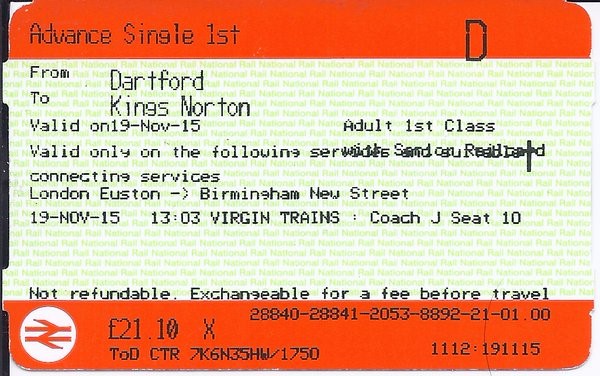
London Euston to Manchester Piccadilly Advance Tickets
When travelling with an Advance ticket, you must take the booked train to travel between the origin and destination of the ticket. If you do not comply with this requirement, your Advance fare will no longer have any value and will not be refunded, upgraded or overtaken. Instead, you need to buy a new ticket for your trip. The tickets you can use depend on the details as follows:
If your pre-sale ticket matches the date of the day of travel and you have complied with the train company or route restrictions shown on the ticket:
- You can purchase the cheapest Anytime or Off-Peak one way (or, depending on your choice, return) the fare available for your journey, which can be found at the station reservation before boarding.
- If your pre-sale ticket has a different date, or if you are traveling on the wrong train company or route, you may be considered to have no ticket. Depending on the train company you travel and whether you have the opportunity to pay before boarding, this may be a full Anytime fare.
TOC and Restrictions
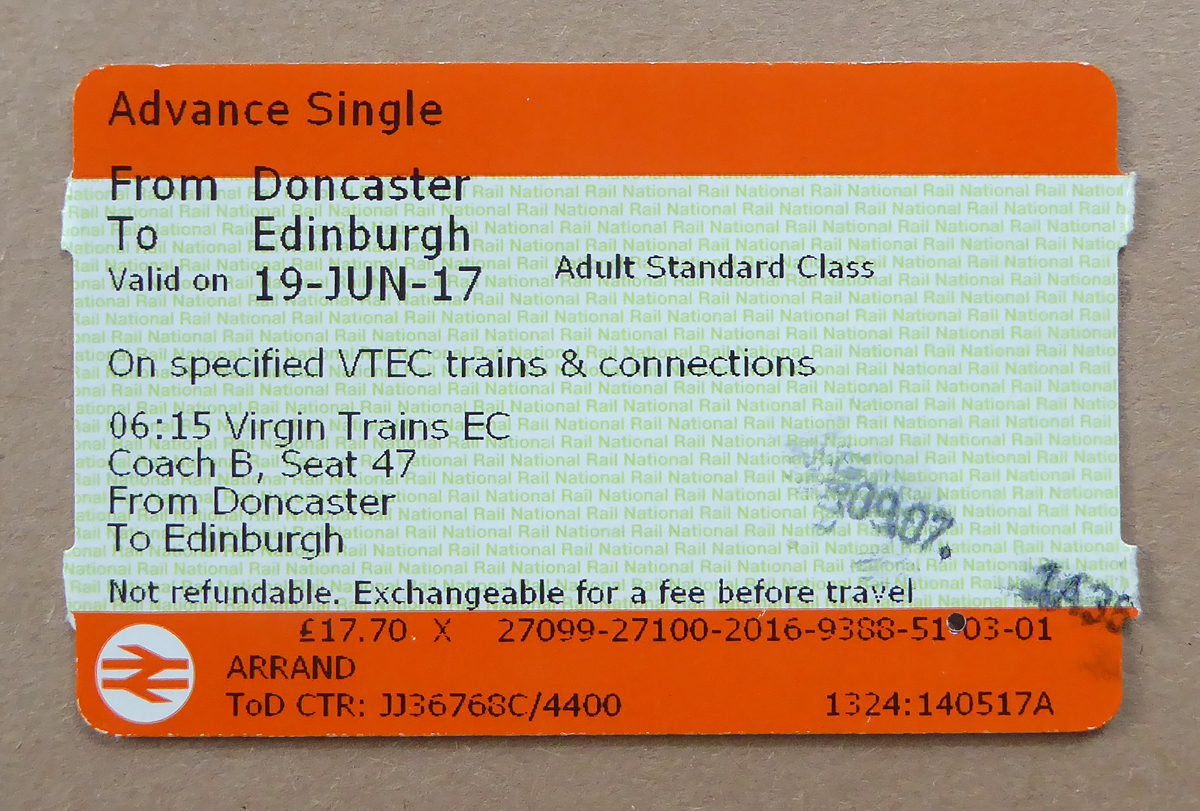
Advance Standard Ticket with Restriction (VTEC trains& connections)
- Designated train company (TOC ONLY) – This ticket can only be used for trains operated by train operators (TOC).
- Passing the station (AP STATION) – The train used in the journey must pass the indicated station. It is not necessary for the train to stop at the station and only pass. There may be two more sites, in which case the following cars must pass through both sites.
- TOC & CONNECTIONS – This ticket can be used on trains operated by the TOC shown, or on suitable transfer trains displayed on valid travel routes.
In case of Multiple Transits
As mentioned above, the pre-sale ticket is only valid on the booked train. When the journey is only a short drive, the entire journey takes place on a train, the meaning of booking the train is clear and clear. However, sometimes the journey on an early bird ticket also involves one or more connected trains.
A common problem is:
I have a TOC&CONNECTIONS ticket. What rules can I use for my train?
The general rule is that if a reservation has been placed for a transfer train, they are also counted as a reserved train. They must be used, and if any other train is used, the early bird ticket is invalid.
On the other hand, if you have not booked a connected train (because it does not offer a reservation), you are free to use other connected trains as long as the following conditions are met:
- When transferring between trains, you still allow the shortest connection time of the relevant station. (The shortest connection time for all stations can be viewed on brtimes.com – enter in the desired station, select “Radio information only” and click on the search. The shortest connection time is the sum arrival time when traveling across the London by metro. The time to leave the station plus the transfer time across London.)
- No alternative bookings are available for connecting trains. (This can be checked by looking at the relevant departure point or arriving atbrtimes.com – any train that has neither a diamond symbol nor an R symbol can be reserved.)
What should I do if I am late for next transfer?
Under normal circumstances, early bird tickets are only valid on the booked train. However, if you issue a travel delay, you can also:
- On a railway journey, or,
- Only if the pre-sale ticket is a direct ticket for the entire journey of the connecting journey through other public transport (such as a subway, bus or ferry)
You will be allowed to complete your journey on a future train.
However, the train company or route restrictions displayed under the route on the train ticket still apply, for example, only on the next train operated by the designated train company, even if this further increases the length of the delay, the TOC train must be awaited.
Another common problem is:
I am in the Combining Ticket; am I protected by delay?
As long as you allow the shortest connection time at the station of the connecting ticket, this is considered a valid journey and the same conditions as above are applied, ie if there is a delay, you may follow the display on your ticket in the future train. Route or train company restrictions.
Ladder of Advance Ticket
Advance fares for a particular trip are usually offered at a fixed price level. With the cheaper level “Sold Out” (ie, its quota is used up), a more expensive rating will be sold. The number of floors available can vary greatly depending on the itinerary and the relevant train company. For example, Sheffield to London has 17 different advance price levels in standard cabins, while Holyhead has only one floor to Liverpool. When enquiring the British Rail on the G2Rail website, the type of Advance ticket remaining per bus and the number of remaining seats are displayed.
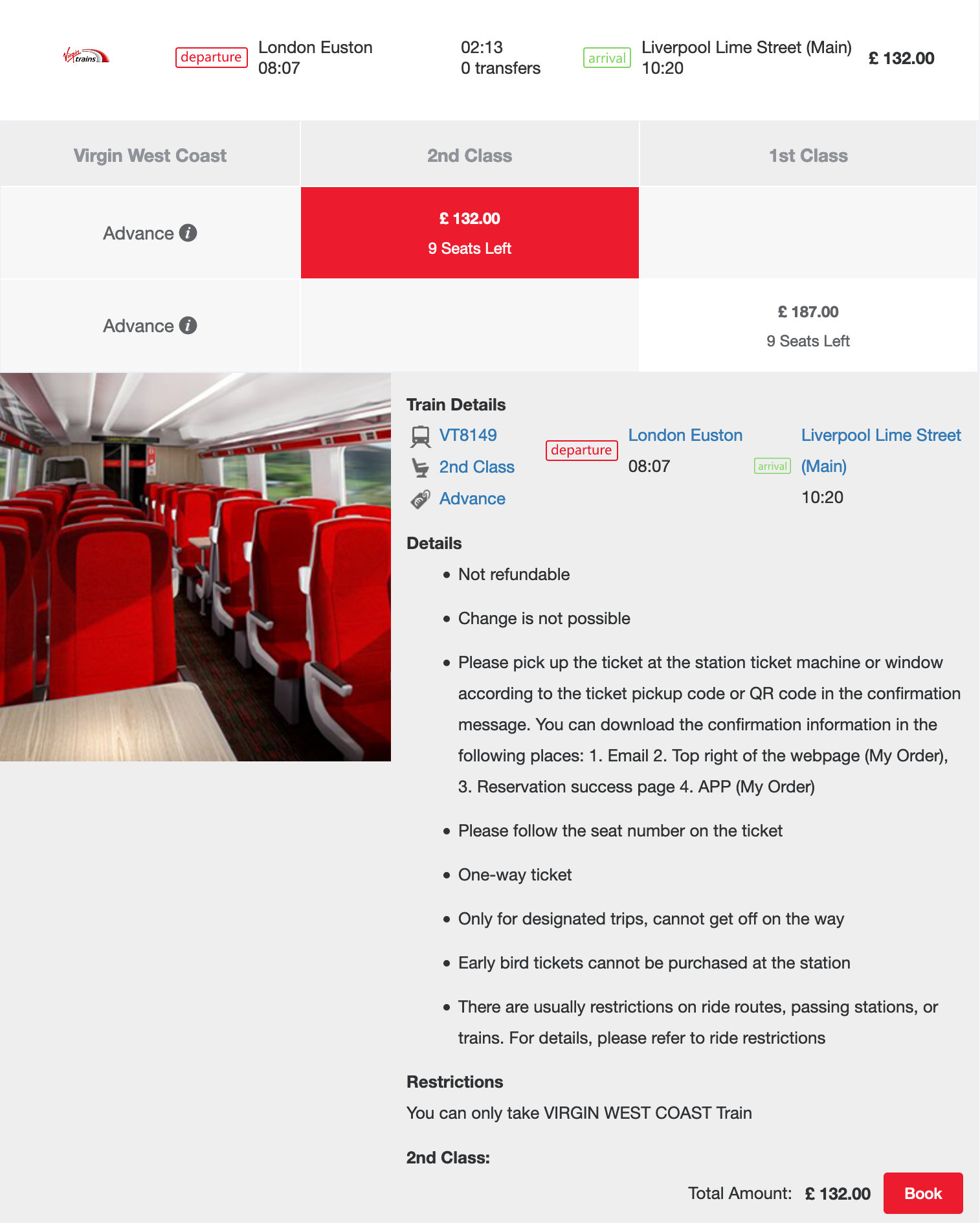
Virgins West Coast from London Euston to Liverpool Lime Street VT 8149 with 9 first class Advance tickets and 9 standard Advance tickets remaining
Advance Quota

As we all know, Advance fares are subject to quota control according to the reservation system, and it is very important to book as soon as possible after booking to get the cheapest fare. Many passengers are not aware of the rules for Advance ticket quotas. It is generally believed that there is a fixed prepayment quota for each price class between each pair of starting and destination stations, but in reality the quota mechanism is more complicated than this.
The journey of each train that provides early bird fares is divided into segments, corresponding to the call points of the train. For example, a train from Edinburgh to London King Cross station may have 4 sections:
- Edinburgh to Newcastle
- Newcastle to York
- York to Peterborough
- Petersburg to London
For Edinburgh-London Advance fares at a specific price level available through the train, a quota for that price level must be provided in each part of the journey. If the quota is exhausted even if there is only one sub-section, the advance payment for the entire journey at that level cannot be provided. Instead, the booking engine will provide the lowest price early bird ticket rating, and for each road segment, quotas are available.
So if many people travel between Newcastle and York one day, they may “deplete” all the cheapest quotas on the trip. This will not only affect passengers traveling between Newcastle and York, but also those who may travel on the journey. E.g. Even Edinburgh to Newcastle, York to Petersburg, and Peterborough to London can still get the cheapest advance payment from Edinburgh to Kings Cross.
The result of this is the “Weak Link” effect: if there are cheap quotas available for each part of the journey, then the cheap advance payment is only applicable to the entire journey – if not, the only way to sell the pass is High price early bird ticket.
The cheapest quotas on the journey closest to the main population center are usually exhausted quickly, resulting in only expensive advances for longer journeys, including the two “weak links”. A good example is the CrossCountry journey from Cambridge to Birmingham. The early bird ticket between Leicester and Birmingham is very popular, and the cheapest level of quotas will soon be exhausted – usually the journey east of Leicester still has a lot of cheap quotas. In this case, buy a cheaper prepayment from Cambridge to Leicester and combine it with a higher level forward or off-peak day for the final journey between Leicester and Birmingham. Prices will vary greatly. Starting from Cambridge, you can save on higher prepaid prices.
Barred Journey
The quota mechanism explained so far covers many unusual phenomena regarding the availability of Advance fares. However, even if there are still theoretically available quotas, train companies will have more policies to reduce early availability.
These mechanisms are known as Barred Journey and involve blocking or reducing quotas at the beginning and/or end of a particular station. This is usually just to increase revenue, not to control demand for services.
For example, the East Coast competes with the Virgin Trains West Coast from London to Edinburgh. Virgin usually has a lot of spare capacity on their trains and offers cheap Advance tickets from London Euston to Edinburgh through the West Coast main line in an attempt to fill the gap. The East Coast needs to compete with this, so it offers a full range of cheap, low-cost pre-sale tickets from the London Kings Cross to Edinburgh.
On the other hand, the main competitor from York to Edinburgh’s east coast is CrossCountry. Their trains are often overcrowded, they don’t offer so many cheap pre-sale tickets, so there is no need for such fierce competition on the East Coast. To take advantage of this situation, they may set a limit on the cheapest level for a trip from York to Edinburgh. As a result, passengers attempting to book from York to Edinburgh may only face a higher level of pre-sale tickets, even if there are still available cheap early bird ticket quotas on the train – it may be a passenger reservation from Edinburgh to London.
Unfortunately, although tickets from Edinburgh to London may be cheaper than tickets from Edinburgh to York, there is no easy way to circumvent this competition-based pricing because early bird ticket fares are not allowed to take a break.
Seat Reservations and Quotas
In order to explain some of the further flaws associated with Advance fares, it is necessary to briefly summarize the mechanisms for implementing quotas. The reservation system enforces the Advance ticket quota by attempting to reserve a seat on the relevant train. This is done in a very straightforward way:
For each train in the itinerary, the booking system first asks “Can I reserve a seat on this train?” (This information is stored as part of the timetable)
If so, the reservation system is then connected to the national reservation system, and for each pre-price level (ie ticket type), starting from the cheapest, it asks “Can I use this ticket class to book seats for these trips?”
If a given train has a quota available for that ticket type (ie, price level) for each trip segment, the seat reservation is successful and the early bird fare has been successfully booked at the cheapest possible level.
There are many complications to the fact that booking an early bird fare is intrinsically linked to booking a seat.
Group Ticket
This is a limitation of most reservation systems, not the reservation system itself, but when booking a 2-person journey, but only one seat is left at a given price level, two seats are usually booked on a more expensive floor. Instead of a seat on a cheaper floor and a seat on a more expensive floor.
The current reservation system is not smart enough to reserve a seat separately; if there is not enough quota in a given level to book the total number of seats requested, the booking system will only offer fares at the first floor pricing, which has enough A quota that can be used for everyone.
If you travel in group and want to inquiry for group price, you can easily make a booking with G2Rail.
Child Ticket
Each adult traveller can bring up to 2 children aged 4 or under to travel free of charge, and children between 5 and 15 years old can enjoy a child fare.
&Connections Advance
Most long-distance train companies offer prepaid fares for travel, most of which are done on their services, but at one or both ends of the journey, the local train company has a relatively short connection. This is called &Connections Advance.
This type of ticket can be complication when the connection service also allows for seat reservations. The booking engine usually does not know which is the “primary” service and which is the “connection” service. Therefore, if the connection service also provides a seat reservation, the booking engine must attempt to make a reservation on the train to ensure that the prepaid fare on the train is not subject to quota control (this is usually rare for connection services, although long distance city The TOC may set a zero quota for each other’s prepayments, for example, to avoid the use of “XC and CONNECTIONS” prepayments on Virgin Services.
There are two main adverse side effects:
- In addition to the primary service, passengers also accept subscriptions to the connection service, which allows them to bind the particular connection service (according to the terms and conditions of the prepaid fare) and means that they may not have the opportunity to use the service. Connect to the station. This also means that they are not allowed to start the connection journey in advance to ensure connectivity to the main service.
- A direct pass cannot be booked until the early bird ticket for the main and connected services is open. As mentioned above, it is not possible for the subscription engine to know that quotas are not enforced on the connection service, so if the connection services are marked as reservable in the schedule, they must wait for the subscription to open. This delay can result in the cheapest early bird ticket level that has been exhausted when the ticket can actually be booked!
Restrictions & Validity Codes
Some tickets limit which route you can or cannot use, which train operators you must use, and when you can use and not use these routes.
Route Restrictions
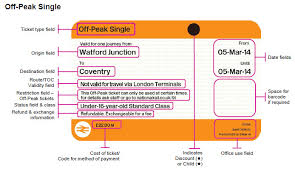
Off-Peak Single
Many tickets limit the routes you may or may not use. These are always printed at the bottom of the ticket under “Route.”
If it is ANY PERMITTED, you can take any route allowed by NRCoT or the route guide (see back – route)
Some ticket restrictions are DIRECT. This meaning is not clear. However, one explanation is that the only allowed route is through a train or a route that follows the shortest route rule.
If the route is one or more stations at VIA, your itinerary must pass through these stations, although the train does not need to be parked there.
If the route does not pass one or more stations (NOT VIA), you can take the train that does not pass the station and you must follow the permitted route.
If you wish to travel on a licensed route that is not allowed on your ticket, you will need to be authorized to travel according to your preferred route.
Train Operating Company (TOC) Restrictions
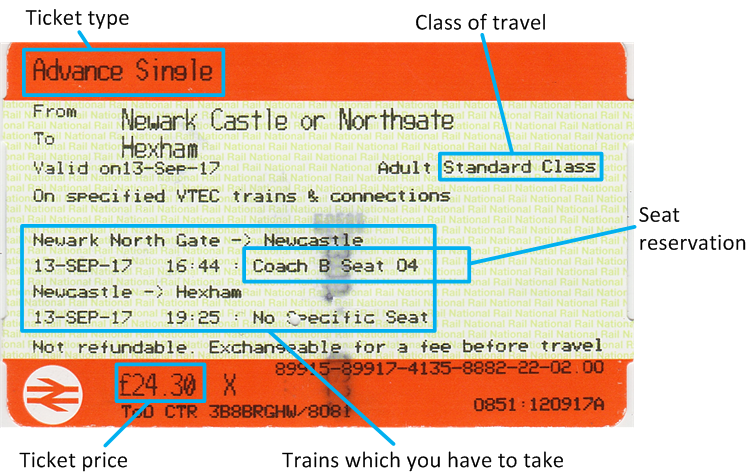
Advance Tickte with Route Restriction (Virgin West Coast Only)
Some tickets limit the trains you can travel through TOC. In this case, the name of the TOC that you may or may not use must be printed on the ticket, although sometimes the abbreviation is printed on the ticket. If you have any questions, please contact our customer service.
For example, the “WM TRAINS ONLY” train ticket can be used only on trains operated by West Midands Trains (regardless of its route brand). If you try to use it on another operator’s train, you will be charged an Anytime fare, as if you were not traveling by car, or you may receive a fine.
Time Limit
Unlimited Ticket
Some train tickets have no time limit at all. As the name suggests, ANYTIME tickets can be used at any time of the day. With a few exceptions, the Season Ticket is also available at all times.
Restriction Codes
There are related restrictions on paper train ticket restrictions. This is a two-letter or numeric code that refers to the actual time limit of the ticket. Sometimes this is also printed on the ticket.
Some restrictions, such as 8A and W5, are very simple. Others such as 1K or 2W are much more complicated and require detailed analysis to check if your journey is valid. They are usually placed in columns, showing the limits of the outbound and return, although they sometimes show a morning and night limit.
Rejecting Valid Ticket

Definition of Off-Peak of Different Train Operator Companies
Because the time limits for Off-Peak and Super-Off-Peak tickets vary greatly depending on the itinerary, sometimes a fully valid ticket will be rejected by the train or ticket seller.
If you are using a ticket with a loose time limit, it is best to print out the restrictions and show them to the staff. However, it is generally recommended to follow the instructions of the railway staff and pay any excess requirements and then seek advice to obtain a refund (Refund).
Break of Journey
One of the advantages of rail travel is that you can usually stop somewhere on the journey (interrupt the trip) and do things like go shopping, meet friends or sightseeing, and then resume your trip in your free time.
Sometimes it’s easy to start your journey at a station somewhere on the route, not the starting point on the ticket (starting from the short) or ending early (at the end).
However, some tickets will limit your ability to break your journey.
Definition of Journey Break
The current National Rail Travel Conditions (NRCoT) does not define the concept of “trip break”, but Section 16 of the former National Rail Transport Conditions (NRCoC) defines the trip interruption as: “If you leave the train company or the railroad after you start your journey Service company’s station.”
However, it also defines the following exceptions as not a Break of Journey:
- Join another station train, or
- If you are unable to complete the journey reasonably within one day, stay overnight or
Follow any instructions from the train company staff. - Therefore, if you have to travel to another station to continue, there will be no more trains to reach your destination, and no staff will give you permission (for example, to smoke a cigarette.)
If you just want to use the station facilities (such as shops, bars, ticket offices, etc.), you will not destroy your journey. Sometimes this will require you to cross the barrier, but that doesn’t mean you are breaking your journey.
Types of Journey Break
Breaking and Resuming Later
Unless your train ticket limits your travel time (see restrictions), you can leave the train on any of the station’s permitted routes during the ticket’s validity period. (Please note that if the limit of your ticket is allowed because of the through train, you cannot do this).
There is no limit to the number of times your trip can be interrupted, except for how long the ticket is valid.
If you have a ticket valid for more than one day, your trip can be interrupted for one or more nights, provided that you continue your trip while the ticket is still valid.
Some tickets that are valid for only one day can also be allowed to stay overnight. For example, the limit code for the outer portion of an off-peak ticket states “If the journey cannot be completed at this time, the ticket can be used to continue the next day’s trip…”. Other conditions may apply, details about the restriction code.
Finish Journey Earlier
If your ticket is allowed to take a break, NRCoT specifically allows you to start and/or end your journey. Article 16.4 states:
“In general, as long as the ticket you hold is valid for the train you want to use, you can start at any intermediate station, or take a break and resume your journey (in either direction of returning the ticket). This may not be
Some situations where an indirect approach is taken through the service. You can also end your journey (in either direction of returning the ticket) before the destination displayed on the ticket. ”
You must ensure that any station you choose to start or end is on the allowed route from the origin of the ticket to the destination.
Because of the way the fare is priced, and depending on your journey and the route you want, you may save some money at the beginning or end.
London Underground / DLR
You can “break the transfer journey” and exit any intermediate subway station, for example: if you are traveling between Victoria and Euston, you can exit at Oxford Circus. However, if you then wish to continue on the subway, you must purchase another ticket.
Constraints of Break of Journey
Some tickets limit the right to break the trip, while other tickets are free to allow halfway breaks. If you have an ANYTIME or season ticket, there are no restrictions. For other tickets, you will find any restrictions on the definition of the restriction code.
Advance will never let you break your journey or start or end it at the intermediate station.
Occasionally, Off Peak and Super Off Peak tickets may limit the itinerary of the departure journey, but allow it on return, so it is important to study the restriction code carefully. It may also be prudent to print it out on your journey.
Break of Journey Permit
If the train company’s staff directs you (or allows you) to exit the station, it will not be considered a trip. For example, if you are waiting to connect to a train, you can leave the station while waiting.
Although you do not have automatic rights, you will find that most staff will allow such reasonable requests.
Split Ticketing
Direct tickets can be purchased from almost anywhere else on the rail network. However, sometimes it may be more cost effective to purchase more than one ticket to complete the journey. Reasons may include:
- Save money by fare
- Interrupt your journey, and direct tickets are not allowed to interrupt the itinerary
- Round journey
- Change plan when traveling
- Bypassing restrictive non-peak conditions
- Take a route that is not allowed
- No suitable fare
Why Split Ticket Saves Money
Most tickets are priced by a specific train operating company (TOC). Some TOC pricing policies keep ticket prices low, while other TOCs try to raise prices as much as possible each year.
If the pass is priced according to the price of the expensive train company TOC, you can buy two tickets for the same trip, and these fares are priced by the cheaper TOC, you can save money.
In addition, some regions have local fare policies to keep prices down and some tickets (especially day tickets tend to be cheaper than during the period) may not be suitable for long trips.=
Section 14 of the National Rail Conditions of Travel tells us which ticket combinations are allowed.
- 14.1 Unless shown below, you can travel using a combination of two or more tickets, provided that the train service you use is on the station where you change from one ticket to another.
- 14.2 If you use season tickets, daily regional tickets, or other area-based tickets, such as a franchise ticket, Ranger or Rover with another ticket and one ticket valid last stop and another The ticket is valid for the first stop and the combination is valid.
- 14.3 Some tickets are clearly used with other tickets. These terms and conditions will be clearly stated when purchasing such tickets, and you cannot use this ticket with other tickets unless described in 14.1 above.
- 14.4 In all cases, you must comply with the specific terms and conditions of each ticket you use (for example, to maintain an effective route and train service for each ticket). It is your responsibility to check that you meet the above conditions.
Zone Fares
Map of London Zones
With special reference to the zone system around London, this allows you to use two tickets that allow adjacent areas. For example, you can travel anywhere in Zones 1-6 using a combination of Zones 1-3 and 4-6 tickets. This also allows you to combine border zone tickets on a fast train with a TravelCard, even though these tickets must reach the border of the area where you already have a travel card.
Season Ticket
If you have a season ticket, you can use it in conjunction with any other ticket (seasonal or non-seasonal). These tickets will not stop where you change from one ticket to another.
For the purposes of this clause, a rover ticket valid for one week or more (or at least 3 days in 7 days) will be used as a season ticket and may be extended in the same manner without parking.
Free passes are considered to be Off-Peak Tickets, but may also be combined with regional tickets, including the outbound travel card season.
Rights of Split Ticket Traveller
When using a ticket, you are entitled to the same rights as a direct passenger, ie:
- If you miss the last train home due to delays in the rail network, any relevant TOC must help you get home or arrange overnight accommodation, but you must ensure that the minimum connection time is adhered to. We recommend that you print your itinerary as this will ensure that your connection is valid.
- If your train is delayed, you are entitled to a delay in the journey of your carrier. This usually uses a delayed repayment scheme, but some older TOCs have their own schemes.
- When using one or more early bird tickets, if you are on the route, you can use the next available service. We recommend that you stamp the seal at your booking office to confirm the delay, but this is not absolutely necessary.
How to find Spilt Ticket Solution
You need to do some research to find the best segmentation set. Use the fare information source to try to see the fare for each station where the train stops. Then find the best combination.
Websites approved by the National Railways will sell fare combinations such as Trainsplit.com.
Split Advance Ticket
Splitting Advance tickets is often cheaper. This may be because the long-distance travel quota has been used up, but it can still be used for short-distance travel, or because booking fares to London are often cheap (if booked in advance), the combination to and from London may be excellent value.
Remember, you must take the service of the reservation. However, if you encounter delays on the route, you can use the subsequent transfer service even on the ticket.
Rejection of Split Ticket
Although unusual, railway staff may refuse to allow you to take a valid ticket, especially if you use condition 14.2
If this happens and the complaints to their manager are not immediately successful, you may be forced to purchase a new ticket or accept an unpaid fare notice. You should immediately file a complaint in writing to ensure that you are required to receive appropriate training. You will receive a full refund.
However, you must ensure that you are sure that your ticket combination is valid and carefully read the national rail travel conditions.
Illegal Split Ticket
If you try to use an invalid ticket combination (usually because they do not match 14), you will get the full Anytime one-way fare from the last stop you last valid. You may also need to pay a fine.
Keep in mind that the ticket will force you to continue using a particular route. There are many different routes for a direct ticket, but you must ensure that all parts of the journey have valid tickets. This may include using the bus when the engineering work is turned on, as your ticket may not be valid through other routes.
Combination Ticket
PlusBus
PlusBus is an add-on to rail tickets (issued as a separate coupon) that allows unlimited access to bus services at designated companies in one of hundreds of designated areas in the UK. PlusBus is managed by Journey Solutions. PlusBus is generally available for most, if not all, companies operating in a designated area and can be used as a day ticket for all locations.
PlusBus Day and Season Tickets are generally worth the money compared to the relevant carrier-specific or all carrier day or season tickets. However, if you only travel once, single (sometimes returning) is usually more valuable than the PlusBus day ticket. PlusBus is only available for the originating and/or destination station of the ticket, not the intermediate station.
Bus & Tram links
Combined tickets for one-way or return trips by train, bus or tram can travel from many non-railway service destinations. For some of these tickets, non-rail service locations are only available as destinations (such as Leeds Bradford Airport), while in other cases, non-rail service locations can also be used as a starting point (eg Whitby Bus Whitby Bus).
London Underground, Docklands Light Railway, DLR
One-way and round-trip train tickets for national rail journeys that require customers to travel between two different train stations in London typically include the subway and/or DLR required to enable the customer to make the transfer.
Depending on the itinerary, you can enter the London Underground and DLR system stations by ticket: Aldgate, Amersham, Baker Street, Balham, Bank, Barking, Blackfriars, Blackhorse Road, Brixton, Canada Water, Cannon Street, Charing Cross, Ealing Broadway, Edgware Road, Elephant & Castle, Embankment, Euston, Euston Square, Farringdon, Finsbury Park, Greenwich, Highbury & Islington, Kensington (Olympia), Kentish Town, King’s Cross St. Pancras, Lancaster Gate, Lewisham, Limehouse, Liverpool Street, London Bridge, Marylebone, Moorgate, Old Street, Paddington, Queen’s Park, Richmond, Seven Sisters, Shadwell, Shepherd’s Bush, Southwark, Stratford, Stratford International, Tottenham Hale, Tower Hill, Upminster, Vauxhall, Victoria, Walthamstow Central, Waterloo, West Brompton, West Ham, West Hampstead, Whitechapel, Wimbledon, Woolwich Arsenal。
Allow your short-distance transfer to be completed at any subway station in Zone 1 or any intermediate underground/DLR station on a reasonable route. If you choose to do so, the train ticket does not allow further MTR/DLR travel; if you wish to continue using the MRT/DLR, you will need to purchase an additional ticket. If you do this, it is unlikely that you will be able to call the station staff for assistance.
The † (cross) symbol appears at the beginning of the “route” on the ticket, indicating that it has been coded to enter the underground/DLR ticket gate. The absence of this symbol does not necessarily mean that your train ticket is not suitable for subway travel.
When crossing London, but if you plan your own journey, you may want to consider the minimum transfer time, as shown below. In many cases, the transfer can be completed in a much shorter time than the minimum transfer time.
Through single/return tickets
One-way or round-trip tickets can be purchased from many train stations to the MTR or DLR stations, although tickets for the National Rails section are usually cheaper to use and use Oyster Pay As You Go in the MTR and DLR sections. These tickets need to cover all areas where your journey will travel underground.
Types of Ticket
Paper Ticket
Many train tickets are printed on a credit card sized orange card. Tickets may have multiple parts. For example, a return ticket will include a round-trip ticket and a return ticket. The Advance ticket will be accompanied by a ticket and one or more discount coupons.
Smart Card
A smart card is a contactless card that is a way to store tickets or credit cards. Some smart cards can be recharged using Pay-as-you-go (PAYG), just like using a PAYG phone. Alternatively, you can store products by purchasing products in advance, such as season tickets and travel cards.
The most commonly used smart card on the railway is the Oyster Card. With the Oyster card, you can store your Travelcard season ticket or credit card to use Pay at any time. Oyster is a transportation card accepted on most public transport in London. It can be used for buses, trams, subways, DLR and national rail services. You can buy at the subway station, London Overground station, some national railway stations, Oyster Ticket Stops. A refundable deposit of GBP 5 is required.
More and more operators are introducing smart cards into some of their services, primarily as part of their new franchise requirements.
Although not every smart train on the route where the smart card can be used can be equipped with a smart card reader for the conductor, the ticket is as valid as the paper ticket, unless otherwise stated.
Print @ Home
Some operators offer Print @ Home tickets. This is when you buy a ticket online, under normal circumstances, you can print the PDF on a piece of A4 paper instead of sending the ticket home or picking up the ticket at the station ticket machine.
Print @ Home is currently only available for early bird tickets in this country, only for specific trains. In addition, Print @Home is usually limited to early bird tickets that you travel on an operator, such as the East Coast or Virgin. So if you have an early bird ticket with a connection from another carrier, such as Virgin, there is a connection in Big Anglia, then you probably won’t be able to get Print@Home tickets.
When traveling on a Print @ Home ticket, you will need to specify the name of the primary traveler and choose the form of identification that you must display on the train to prove that they are traveling, such as a credit card.
You need to make an appointment with the travel operator to get the Print @ Home option.
Mobile Ticket
Most train companies have their own mobile apps, such as iPhone, Windows Phone, Android and Blackberry. These applications are usually very similar because they were made by the same company Masabi. With these apps, you can buy tickets. Usually, you will be asked to collect your ticket from the station’s self-service ticket vending machine, but sometimes you will be sold a hand ticket.
M-ticket stands for a hand ticket, a “virtual” ticket on a mobile phone. The ticket is divided into two parts: travel details and barcode. Travel details contain information about your journey so you can be sure to take the right train. Barcodes can be scanned by train or station staff to check if you have a valid ticket. You will need to activate your m-ticket on the day of your trip.
Although many applications are very similar, you usually need to book a flight ticket from the train company you travel to take advantage of the hand ticket. In addition, usually only early bird tickets can be used as hand tickets.
Multi-Journey Ticket
If you travel regularly, the multi-way ticket can save you the cost of purchasing a one-way or return ticket per day. There are many multi-way travel products to suit different travel modes.
If you take a route on a regular basis, the Season Ticket may be the best for your needs. In addition to the Weekly Season Ticket, you can have a season ticket for any time between one month and 12 months. In most cases, the annual season ticket price is the same as 40 weekly season tickets, which can save a lot of money.
If you’re doing a lot of travel outside of the morning peaks of an area, there may be a Day Ranger or a Rover so you can travel unlimited times in your area. These tickets are more cost-effective, as most daytime rangers and wanderers offer a 75% discount, effectively offering discounts on off-peak fares.
If you need to travel multiple times in London, Travelcards and Oyster PAYG may be your best choice. The Travel Card offers unlimited travel to National Rail, London Underground, Docklands Light Railway, Tramlink and London bus services in London, at different times of the day. A variety of different regional combinations. If you need to travel in London but don’t have enough travel to guarantee your travel card, the Oyster PAYG card is the ideal choice. They save a lot of money over cash fares.
Oyster Card
Oyster is a cashless payment system accepted on most public transport in Greater London. The Oyster card can store up to £90 in cash payments, travel card season tickets and national rail discount cards. It can be used for buses, trams, subways, DLR and national rail services. You can buy at the subway station, London Overground station, some national railway stations, Oyster Ticket Stops (shops). A refundable deposit of GBP 5 is required.
Each Oyster card communicates with an Oyster card reader (verifier) when the card is touched (flat) on the card reader. The card does not require physical contact with the card reader because it uses near-field wireless so that it can communicate with the ticket holder via the wallet.
On the bus, you must touch the bus when you board the plane, and on the tram, you must touch the station reader before boarding. You must not touch a bus or tram. On the pipeline, DLR and the National Railway, you must touch at the beginning of the journey and touch at the end to charge the correct fare. In the case of a gate operation, your card will open the door if it is valid. If the gates are not running, you must still be able to touch or turn on, if they are locked open, or can be used to enter or exit the yellow validator. A valid card will turn the orange light into green, and the adult card will beep once, or the child card will beep twice or more. If there is a problem, the light will turn red and you will beep twice.
The Oyster system charges each time. One-way trips can include national rail, subway, mixed travel on the ground and DLR, or separate modes such as buses, as long as the gap between the sections is reasonable.
Out of Station Interchange (OSI)
Sometimes you can switch between track/pipe mode and punch (for example, between National Rail and Greenwich’s DLR), but usually, punching is necessary. The system is programmed with many such exchanges and combines these journeys to form a single journey. The time allowed depends on the distance involved and the train frequency of the next stop.
The Oyster Control Center is able to set and delete emergency OSIs in real time to meet short-term site closures and some weekend engineering work. EOSI will be deployed at multiple sites and will allow exchanges between any sites within 30 minutes, including re-entering the same site.
Each zone combination allows for the longest travel time. Occasionally, OSI combines multiple independent trips into one journey, which may then exceed the maximum journey time, so the highest fare is charged, not the daily limit. If you do a lot of journeys, the gap between them is very small and this is more likely to happen. You can prevent OSI from happening by touching the bus between the track branches, but please note that for the user to pay, you will need to pay for the bus.
Day Ranger
Day Ranger allows holders to travel unlimited times a day in a defined area. Some days Ranger products have other names, such as West Yorkshire DayRover, Island Liner (Day Rover), East Yorkshire Round Robin, (Merseytravel) Saveaway, Ride Cornwall, and others.
Time Limit
Most Day Rangers have time limits on weekdays. Time limits may vary Keep in mind that some railway staff may not be aware of certain product restrictions, so it is recommended that you check the details of each product before you travel and, if possible, take a copy of the information with you.
Rover
Rover allows holders to travel indefinitely for three days or more in a designated area.
Rover products come in two different forms: Consecutive Rovers and Flexi Rovers.
Continuous Ranger tickets are continuously valid from the first day to the last day of the validity period (for example, the 7-day Northwester Ranger ticket). Flexible Ranger tickets are valid for the number of valid days in the first day of the validity period (for example, four-day Ranger tickets for eight days in the Northwest), not for each day of their validity period.
The most widely covered product of the UK’s national rail network is the All Line Rover, which is available in two versions: 7-day and 14-day wanderers.
The Scottish Free Travel Pass provides complete coverage in Scotland (8 days, 4 days or 15 days, 8 days), while exploring the Welsh Flexipass allows you to take a free bus ride in Wales for 8 consecutive days, 4 of which include rail services.
Time Limit
Most Rover have time limits on weekdays. Time limits may vary and some railway staff may not be aware of the limitations of certain products. Therefore, it is recommended that you review the details of each product before you travel and carry a copy of the information as much as possible.
London Travelcards
The Daycard Travelcard (A day Travelcard) offers unlimited travel in the London area of National Rail, London Underground, Docklands Light Railway (DLR), Tramlink and London transportation services. The Inboundary Day Travelcard is valid only in the zone, and the Outboundary Day Travelcard also includes a return trip from the originating station (outside the zone) to the zone zone.
The Inboundary Day Travelcard can be used for Zone 1-2, Zone 1-4 or Zone 1-6.
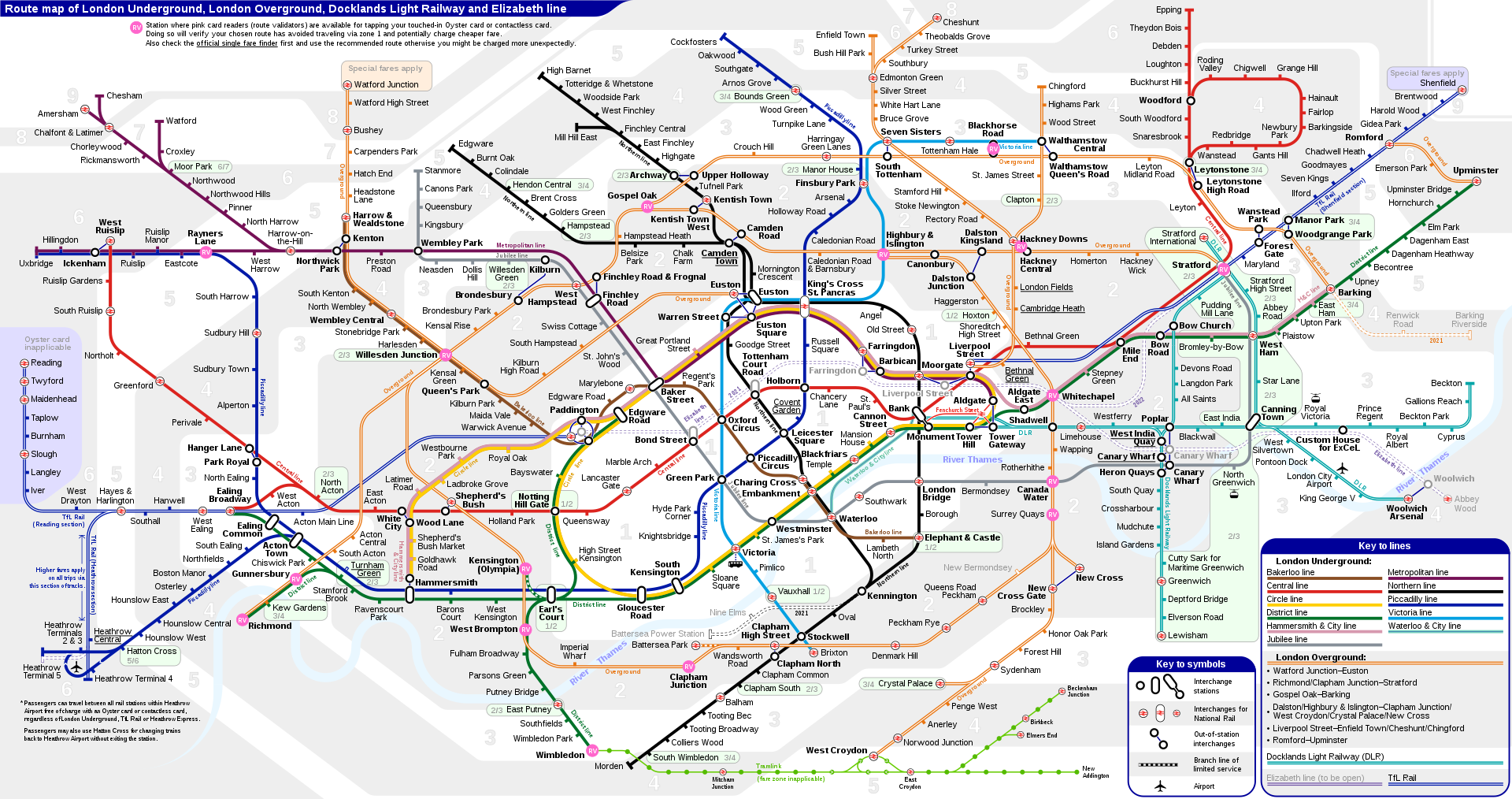
London Zones Map
Outboundary day Travelcards are limited to unlimited travel within the zone 1-6. Special arrangements apply when the origin is in one of the areas 7-9 or WATFORD JUNCTION, BROXBOURNE, BRENTWOOD or SHENFIELD.
The daily travel card is valid for all London Transport Bureau bus services, regardless of the area covered. One day Travelcard is valid on the entire Tramlink network, if it is valid in any of Zone 3, Zone 4, Zone 5 or Zone 6.
Time Limit
The Anytime Day Travelcard is valid for 00.01 on the specified date on the travel card until 04.29 on the following day.
Outboundary off-peak day travel cards are valid from 09:30 on the designated date of the travel card until 04.29 on the following day.
Outboundary (super) off-peak travel cards will have their own specific restrictions depending on the country of origin. This is usually consistent with the restrictions on returning from the same origin to the (super) off-peak day of London Terminals, although this is not always the case. Be sure to check the restricted text for a specific ticket.
The time limit does not apply to weekends and bank holidays.
Family Travelcards
The following train companies offer discount (off-peak) family travel cards:
- C2c;
- Chiltern Railways;
- First Great Western (selected journeys only);
- Greater Anglia;
- London Midland;
- Southern.
The maximum group size is 2 adults and 4 children, each group must include at least one adult and one child. For a one-way fare for £1 for children, there is a one-way fare of £2 in Greater Anglia and a one-way fare of £3 at Chiltern Rail. The group must always travel together.
Family travel cards no longer enjoy rail card discounts. For some routes, group tickets (such as GroupSave) may be more cost effective.
Railcards
There are many Railcards that offer discount travel. Each railway card has its own eligibility criteria and conditions of use. In addition, rail cards in the local area are available to residents of selected areas.
For travel within the London area, you can use some types of rail cards to get off-peak Oyster Pay-As-You-Go and off-peak daily fares (off-peak) Daily) discount. Discount rights must be manually recharged to your Oyster card.
Discount cards are:
- 16-25 Railcard
- Senior Railcard
- Disabled Persons Railcard
- Family & Friends Railcard
- Armed Forces Railcard
- Network Railcard
- Local Railcards
- Cambrian Railcard
- Cotswold Line Railcard
- Dales Railcard
- Derbyshire B_Line
- Devon and Cornwall Railcard
- easitCRAWLEY, easitEAST SURREY, easitTHAMES VALLEY PARK
- ENCTS Trial in West of England
- Esk Valley Railcard
- Gatwick Express Partners’ Card
- Gatwick Express Staff Discount Card
- Heart of Wales Line Railcard
- Highland Railcard
- Pembrokeshire Railcard
- Scottish Youth Railcard
- Student Connect
- Unizone
- Valleys Senior Railcard
- Valleys Student Railcard
Routing
One of the characteristics of the British National Railway Network is that for many journeys, most of them are long-distance travel, and passengers can choose the route whose ticket is valid.
The route guide states that “most customers want to travel by train or the shortest route” but in some cases passengers may wish to take the fastest route, while in other cases passengers wish to pass a specific place for various reasons. In this case, this section may help determine if the required route is allowed.
Determining the shortest route or identifying a direct train is not as simple as it seems, and many tickets also allow travel through the “mapped routes” allowed in the National Route Guide.
Many tickets limit the routes you may or may not use. These are always printed at the bottom of the ticket under “Route”.
If the route is ANY PERMITTED, you can take any route allowed by NRCoT or the route guide.
Some tickets are DIRECT. This meaning is not clear. However, one explanation is that the only allowed route is through a train or a route that follows the shortest route rule.
If the route is VIA station, your itinerary must pass through this station, although the train does not need to stop there. If multiple workstations are separated by a hyphen, you must pass through all workstations. If they are separated by a slash, just pass one of them. If there are no routes allowed to travel through these sites, see tickets routed through stations that are not on the allowed route.
If the route is one or more stations at NOT VIA, you can take any train that is not docked or passed.
Station Group
Some stations are grouped together as a common starting point/destination. For example, tickets from Wakefield to London will not be issued from a specific station, but from the Station Group, Wakefield Stns to London Terminals.
For example, the valid range of tickets from Woking to London Terminals includes:
- London Waterloo
- London Victoria(Via Clapham Junction)
- London Bridge
- London Blackfriars
- London Thameslink
- London Charling Cross
- London Waterloo East
- London Cannon Street (via London Bridge)
- London St. Pancras Intl.
It does not apply to London Euston or London Paddington as this will not be on the route and will involve travelling through London using another mode of transportation such as the London Underground or London Bus.
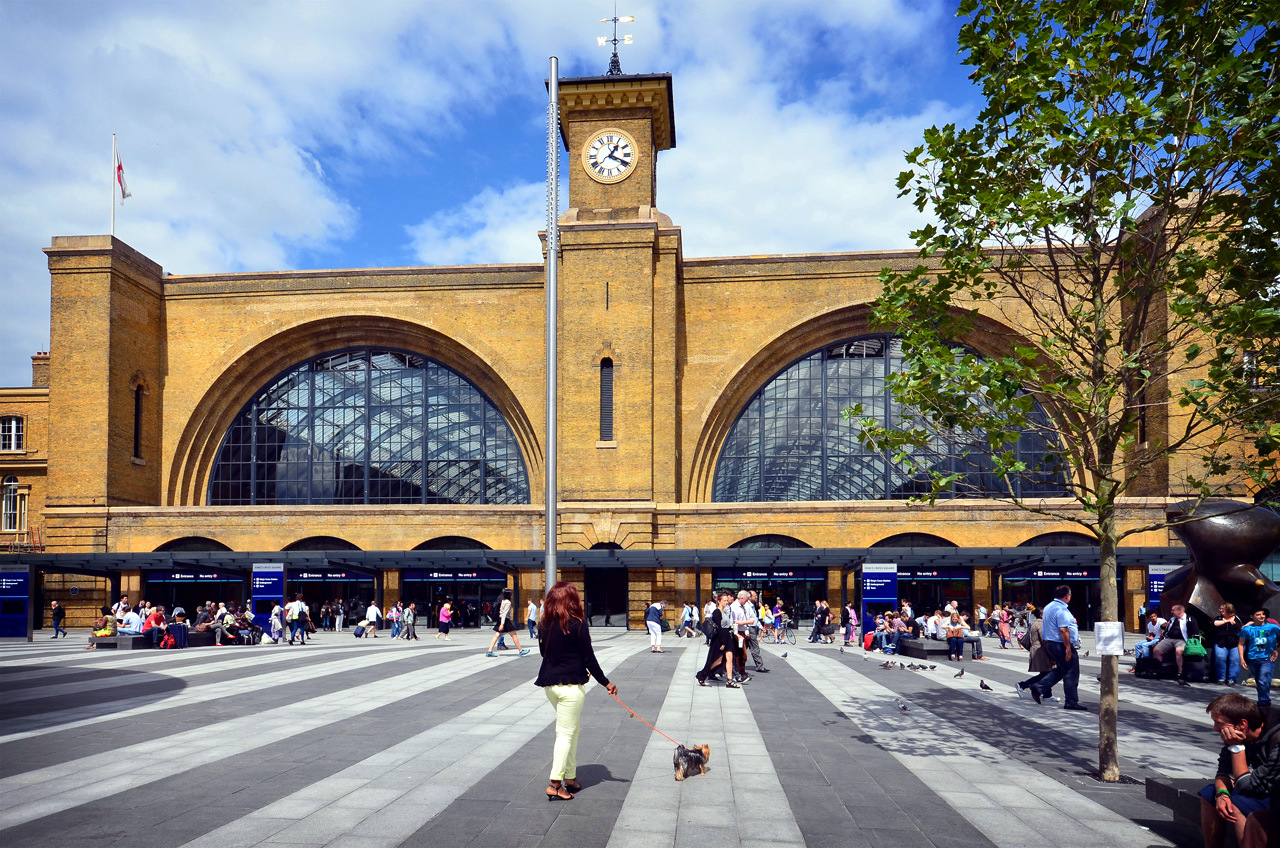
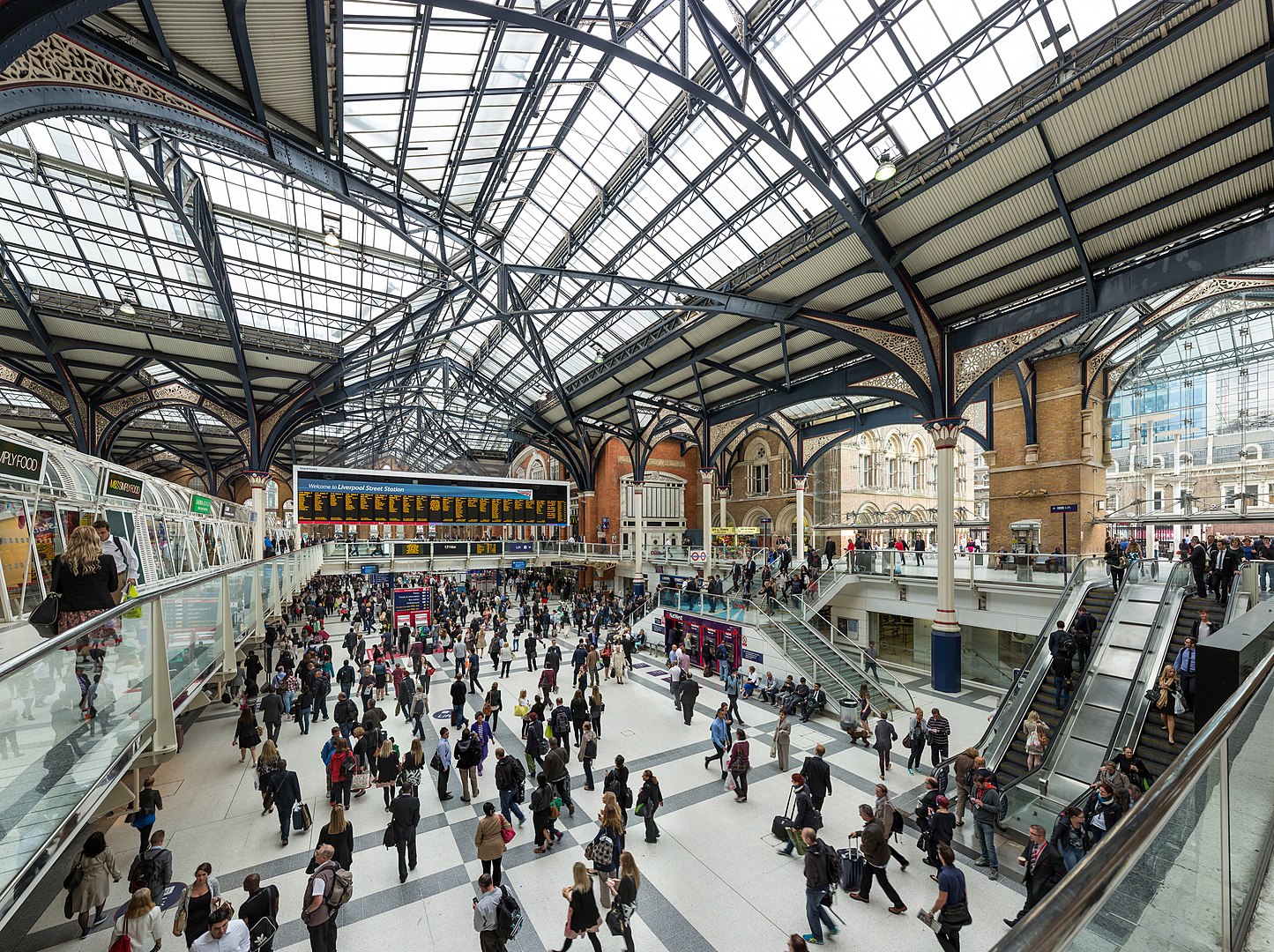
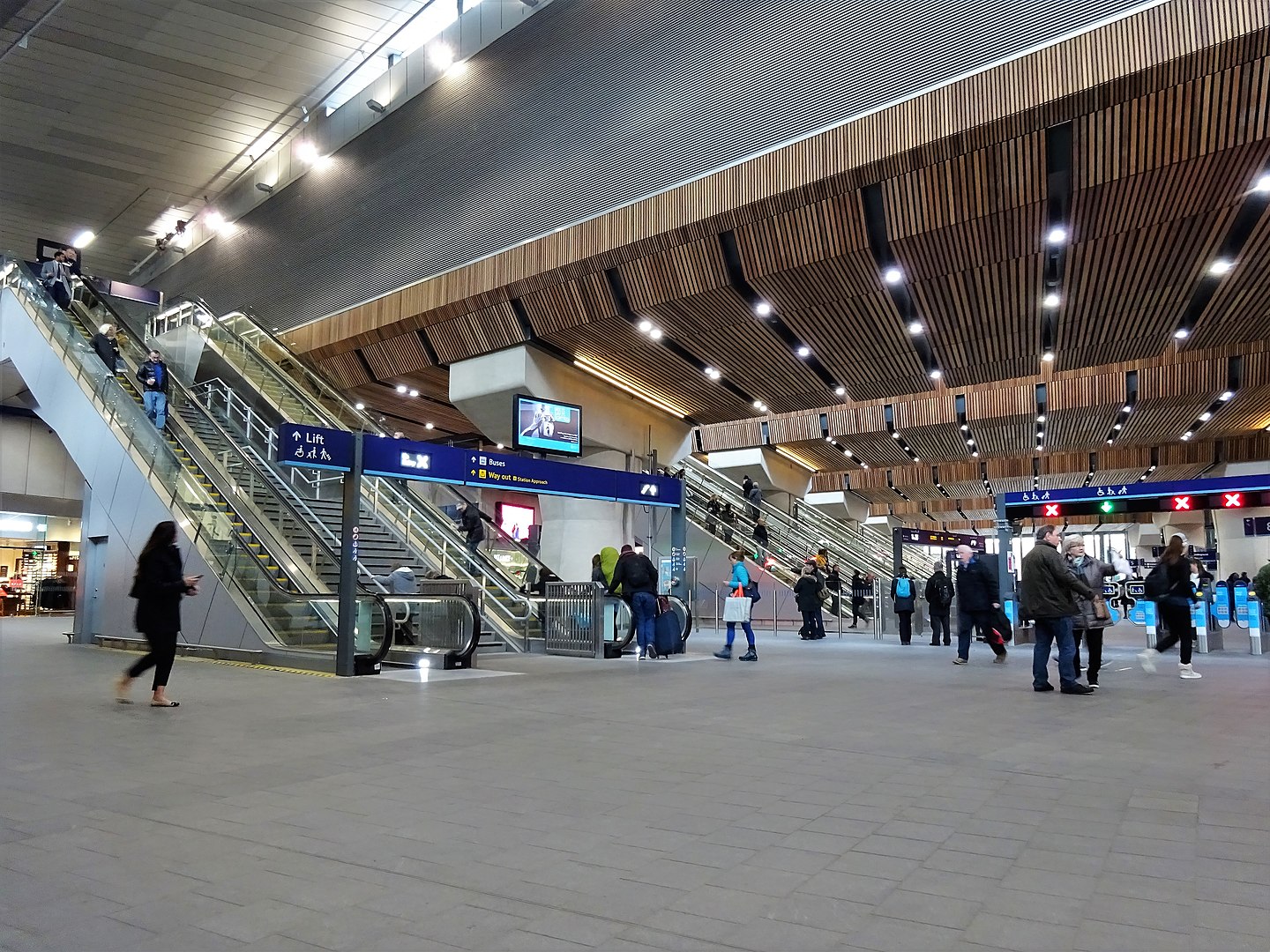
Stations
London Main Stations
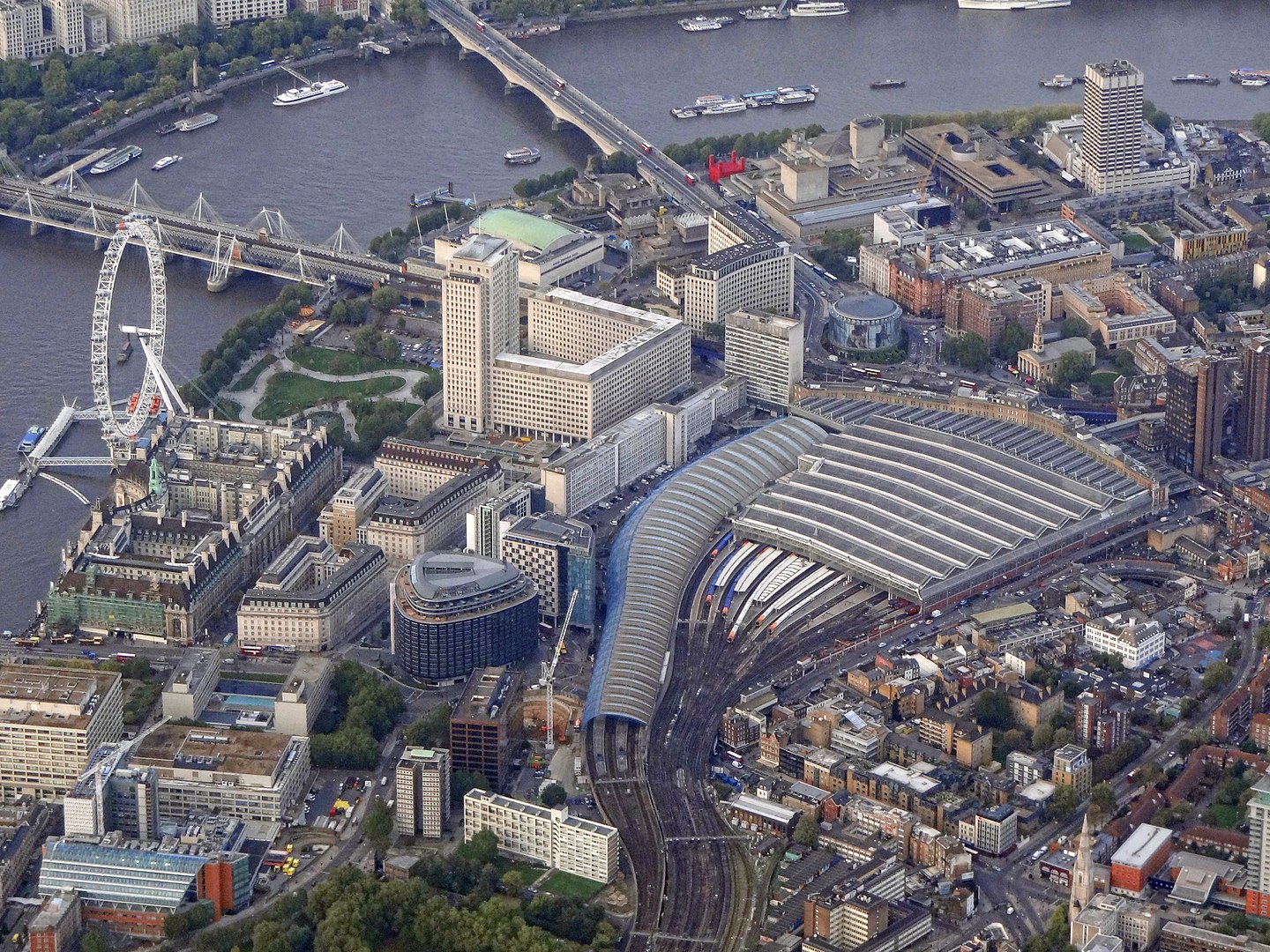
The main stations in London include:
- St. Pancras, London (European Star)
- King’s Cross Station, London
- London Euston Station
- London Charing Cross Station
- London Waterloo Station
- London Victoria Railway Station
- London Liverpool Street Station
- London Paddington Railway Station
Main Stations of Other Cities
Machester
Liverpool
- Liverpool Lime Street
- Liverpool Central
Birmingham
Departure
When you book from G2Rail, you will receive a TOD (Ticket on Departure). You need to use ticket machine to collect your ticket.
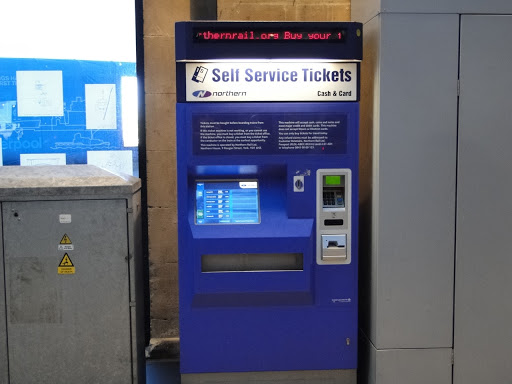
Ticketing Machine
Steps of self-service ticketing
- Enter any valid bank card and remove the card when prompted. You will not be charged.
- Enter your ticket number. E.g. “ABCD1234”.
- Wait for all tickets to be printed, including receipt receipts.
- Check the print tray to make sure you get all the tickets before you leave.
Note: UK train tickets can be collected from any ticket machine at any station in the UK. You don’t have to go to the departure station.
Collecting a train ticket without a card
If you have forgotten your payment card, don’t worry! Any valid bank card can be used to collect a UK train ticket; it is not necessarily the card you use to pay. This also applies to PayPal purchases. This means you can buy a UK train ticket and pick it up by someone else.
I lost my train ticket and can I re-take it?
Unfortunately, once you pick up the ticket, you cannot reissue it. You will need to purchase a new one and ask the travel insurance company for the original fee.
Railway guides all over the world
- Ultimate Guide To Germany Railway
- Italy Railway Ultimate Guide
- Austria Railway Ultimate Guide
- Swiss Railway Ultimate Guide
- British Railway Ultimate Guide
Search and book railway tickets online at: www.g2rail.com
Search and book railway tickets with Xmove App
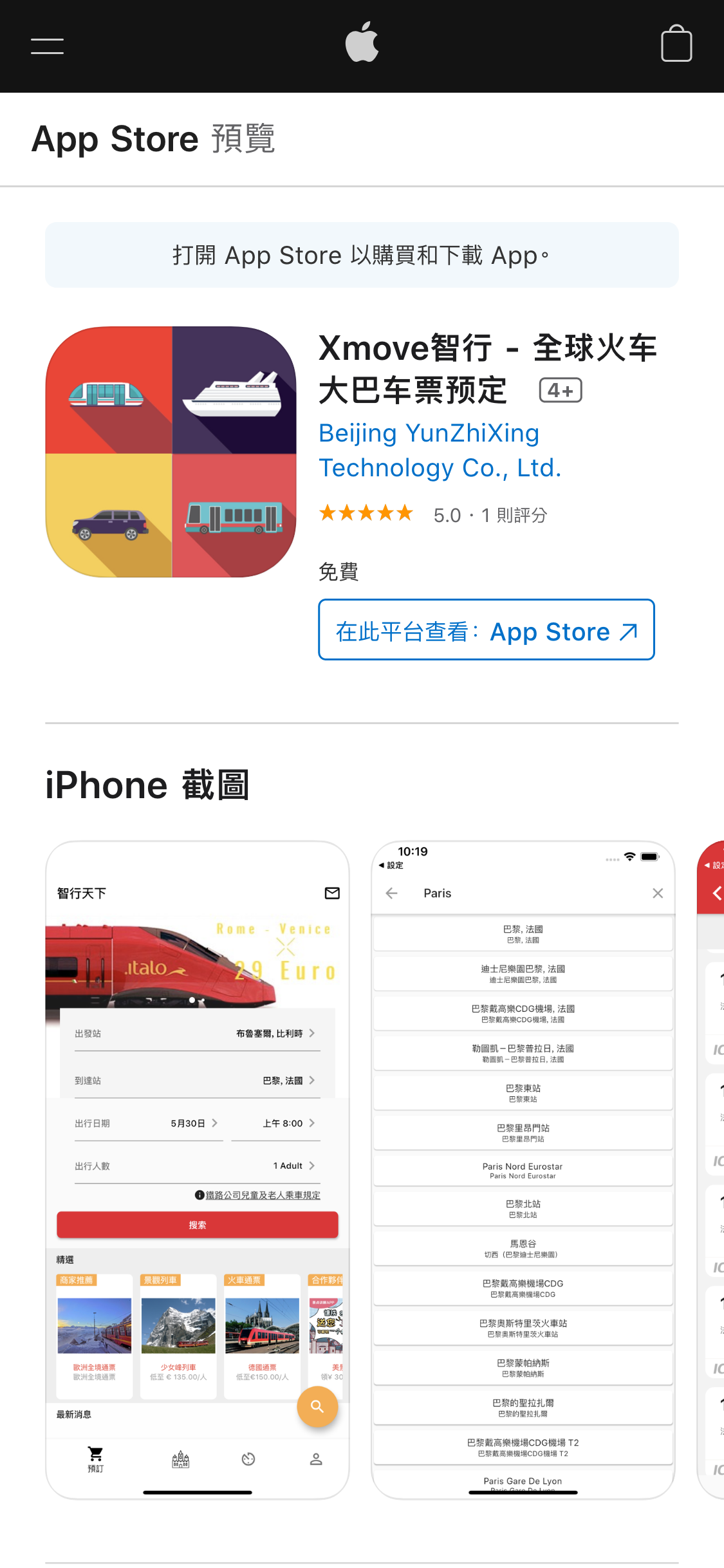
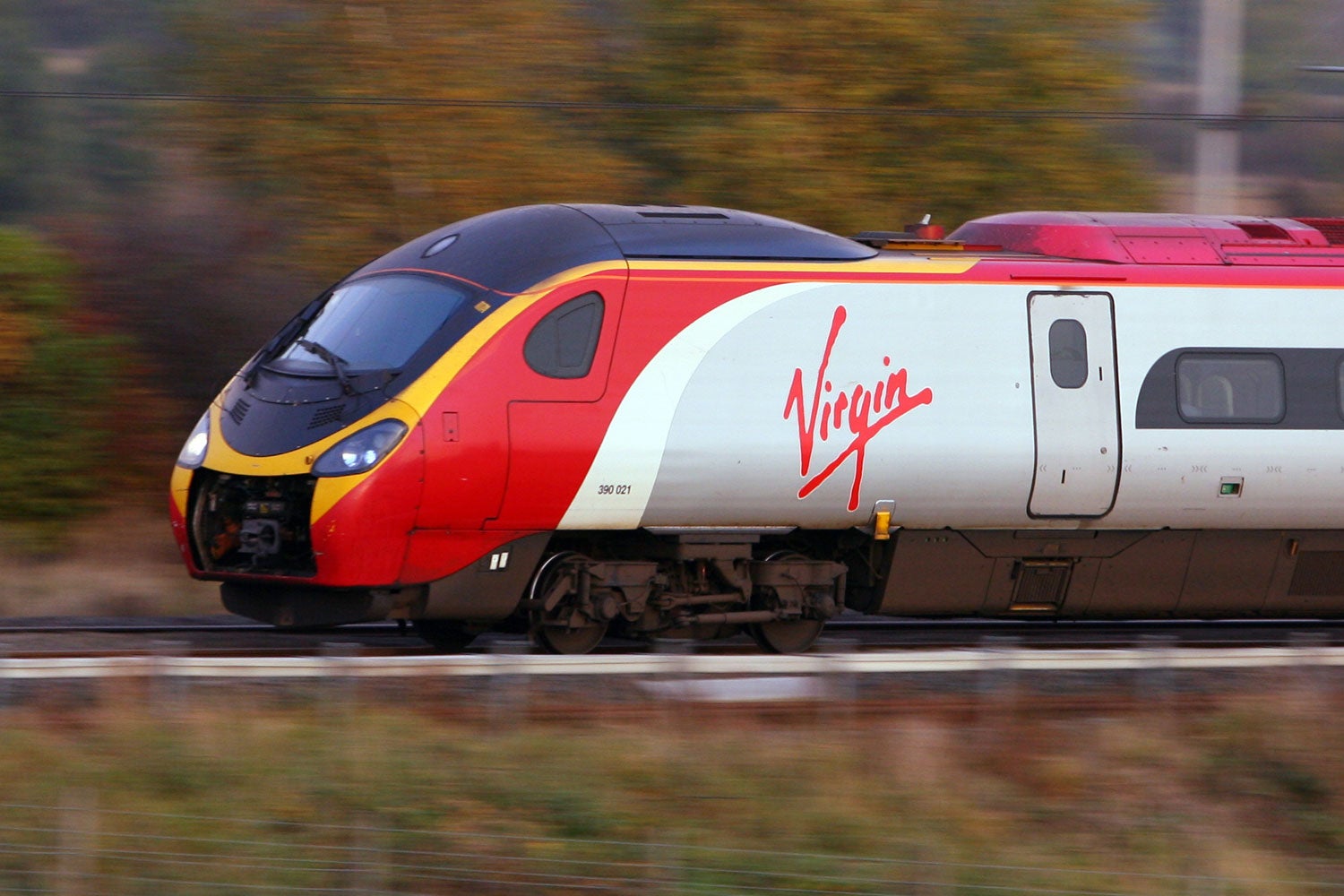
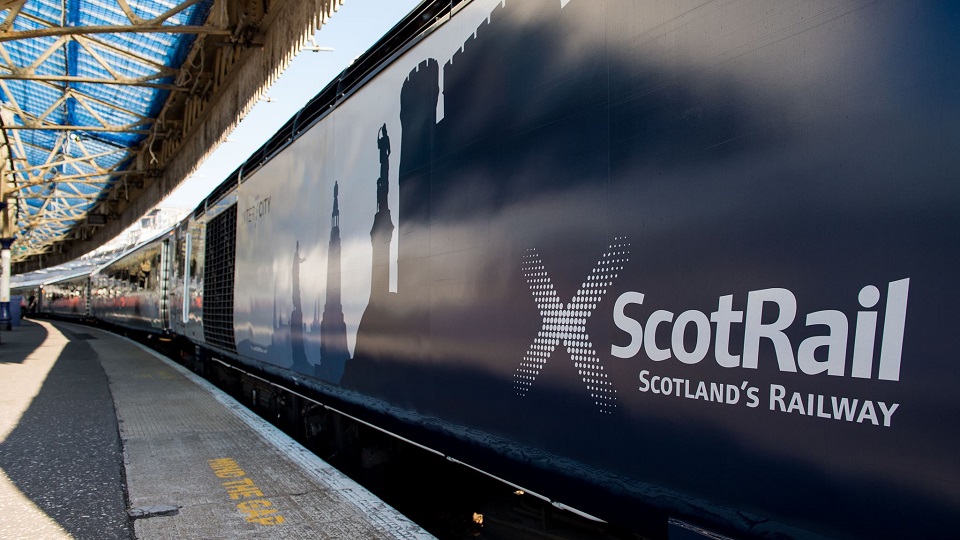


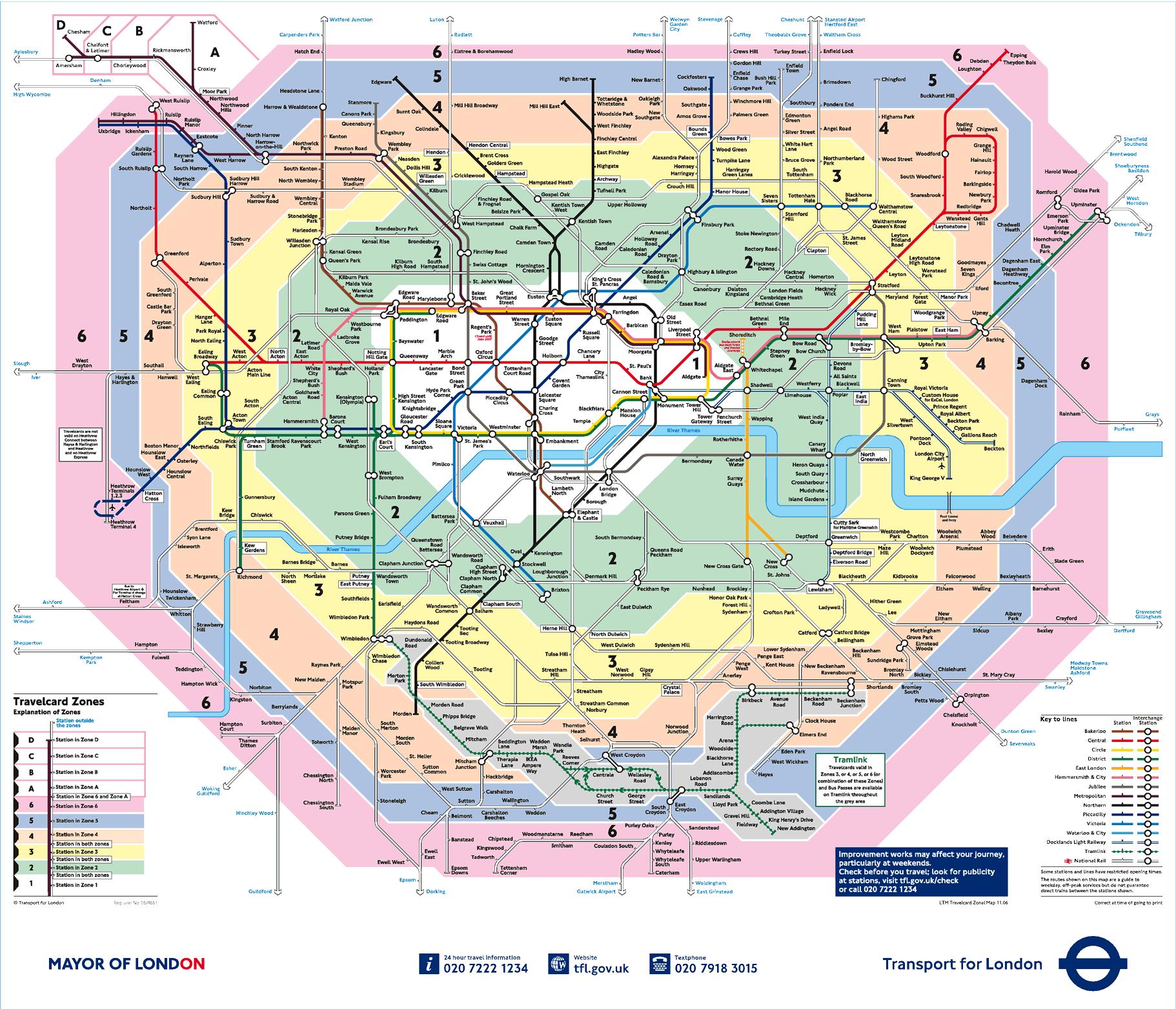
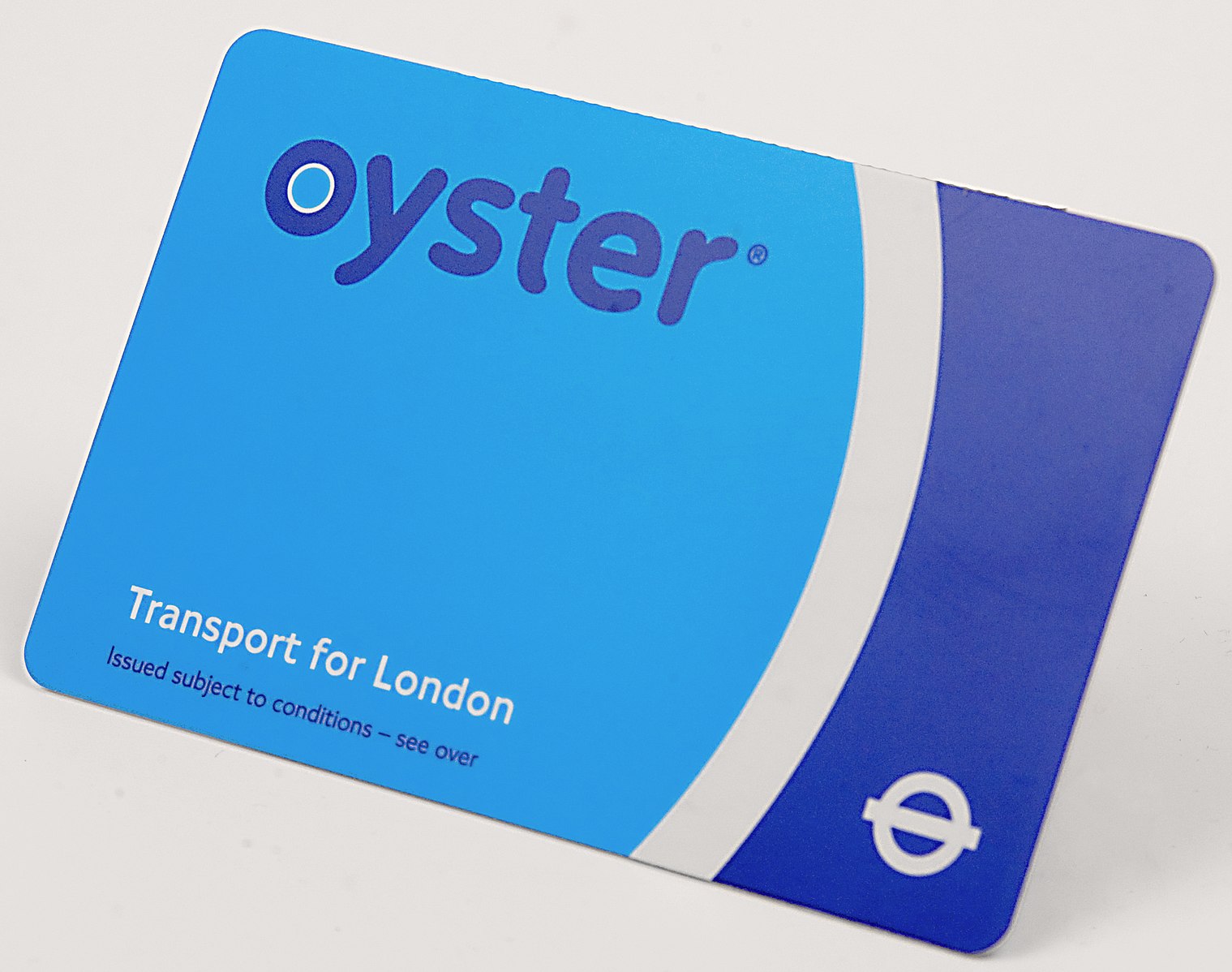

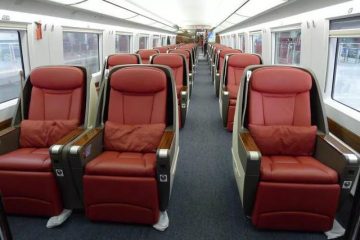
0 Comments